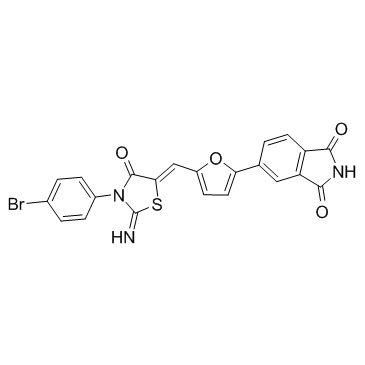Apoptosis
As one of the cellular death mechanisms, apoptosis, also known as programmed cell death, can be defined as the process of a proper death of any cell under certain or necessary conditions. Apoptosis is controlled by the interactions between several molecules and responsible for the elimination of unwanted cells from the body.
Many biochemical events and a series of morphological changes occur at the early stage and increasingly continue till the end of apoptosis process. Morphological event cascade including cytoplasmic filament aggregation, nuclear condensation, cellular fragmentation, and plasma membrane blebbing finally results in the formation of apoptotic bodies. Several biochemical changes such as protein modifications/degradations, DNA and chromatin deteriorations, and synthesis of cell surface markers form morphological process during apoptosis.
Apoptosis can be stimulated by two different pathways: (1) intrinsic pathway (or mitochondria pathway) that mainly occurs via release of cytochrome c from the mitochondria and (2) extrinsic pathway when Fas death receptor is activated by a signal coming from the outside of the cell.
Different gene families such as caspases, inhibitor of apoptosis proteins, B cell lymphoma (Bcl)-2 family, tumor necrosis factor (TNF) receptor gene superfamily, or p53 gene are involved and/or collaborate in the process of apoptosis.
Caspase family comprises conserved cysteine aspartic-specific proteases, and members of caspase family are considerably crucial in the regulation of apoptosis. There are 14 different caspases in mammals, and they are basically classified as the initiators including caspase-2, -8, -9, and -10; and the effectors including caspase-3, -6, -7, and -14; and also the cytokine activators including caspase-1, -4, -5, -11, -12, and -13. In vertebrates, caspase-dependent apoptosis occurs through two main interconnected pathways which are intrinsic and extrinsic pathways. The intrinsic or mitochondrial apoptosis pathway can be activated through various cellular stresses that lead to cytochrome c release from the mitochondria and the formation of the apoptosome, comprised of APAF1, cytochrome c, ATP, and caspase-9, resulting in the activation of caspase-9. Active caspase-9 then initiates apoptosis by cleaving and thereby activating executioner caspases. The extrinsic apoptosis pathway is activated through the binding of a ligand to a death receptor, which in turn leads, with the help of the adapter proteins (FADD/TRADD), to recruitment, dimerization, and activation of caspase-8 (or 10). Active caspase-8 (or 10) then either initiates apoptosis directly by cleaving and thereby activating executioner caspase (-3, -6, -7), or activates the intrinsic apoptotic pathway through cleavage of BID to induce efficient cell death. In a heat shock-induced death, caspase-2 induces apoptosis via cleavage of Bid.
Bcl-2 family members are divided into three subfamilies including (i) pro-survival subfamily members (Bcl-2, Bcl-xl, Bcl-W, MCL1, and BFL1/A1), (ii) BH3-only subfamily members (Bad, Bim, Noxa, and Puma9), and (iii) pro-apoptotic mediator subfamily members (Bax and Bak). Following activation of the intrinsic pathway by cellular stress, pro‑apoptotic BCL‑2 homology 3 (BH3)‑only proteins inhibit the anti‑apoptotic proteins Bcl‑2, Bcl-xl, Bcl‑W and MCL1. The subsequent activation and oligomerization of the Bak and Bax result in mitochondrial outer membrane permeabilization (MOMP). This results in the release of cytochrome c and SMAC from the mitochondria. Cytochrome c forms a complex with caspase-9 and APAF1, which leads to the activation of caspase-9. Caspase-9 then activates caspase-3 and caspase-7, resulting in cell death. Inhibition of this process by anti‑apoptotic Bcl‑2 proteins occurs via sequestration of pro‑apoptotic proteins through binding to their BH3 motifs.
One of the most important ways of triggering apoptosis is mediated through death receptors (DRs), which are classified in TNF superfamily. There exist six DRs: DR1 (also called TNFR1); DR2 (also called Fas); DR3, to which VEGI binds; DR4 and DR5, to which TRAIL binds; and DR6, no ligand has yet been identified that binds to DR6. The induction of apoptosis by TNF ligands is initiated by binding to their specific DRs, such as TNFα/TNFR1, FasL /Fas (CD95, DR2), TRAIL (Apo2L)/DR4 (TRAIL-R1) or DR5 (TRAIL-R2). When TNF-α binds to TNFR1, it recruits a protein called TNFR-associated death domain (TRADD) through its death domain (DD). TRADD then recruits a protein called Fas-associated protein with death domain (FADD), which then sequentially activates caspase-8 and caspase-3, and thus apoptosis. Alternatively, TNF-α can activate mitochondria to sequentially release ROS, cytochrome c, and Bax, leading to activation of caspase-9 and caspase-3 and thus apoptosis. Some of the miRNAs can inhibit apoptosis by targeting the death-receptor pathway including miR-21, miR-24, and miR-200c.
p53 has the ability to activate intrinsic and extrinsic pathways of apoptosis by inducing transcription of several proteins like Puma, Bid, Bax, TRAIL-R2, and CD95.
Some inhibitors of apoptosis proteins (IAPs) can inhibit apoptosis indirectly (such as cIAP1/BIRC2, cIAP2/BIRC3) or inhibit caspase directly, such as XIAP/BIRC4 (inhibits caspase-3, -7, -9), and Bruce/BIRC6 (inhibits caspase-3, -6, -7, -8, -9).
Any alterations or abnormalities occurring in apoptotic processes contribute to development of human diseases and malignancies especially cancer.
References:
1.Yağmur Kiraz, Aysun Adan, Melis Kartal Yandim, et al. Major apoptotic mechanisms and genes involved in apoptosis[J]. Tumor Biology, 2016, 37(7):8471.
2.Aggarwal B B, Gupta S C, Kim J H. Historical perspectives on tumor necrosis factor and its superfamily: 25 years later, a golden journey.[J]. Blood, 2012, 119(3):651.
3.Ashkenazi A, Fairbrother W J, Leverson J D, et al. From basic apoptosis discoveries to advanced selective BCL-2 family inhibitors[J]. Nature Reviews Drug Discovery, 2017.
4.McIlwain D R, Berger T, Mak T W. Caspase functions in cell death and disease[J]. Cold Spring Harbor perspectives in biology, 2013, 5(4): a008656.
5.Ola M S, Nawaz M, Ahsan H. Role of Bcl-2 family proteins and caspases in the regulation of apoptosis[J]. Molecular and cellular biochemistry, 2011, 351(1-2): 41-58.
What is Apoptosis? The Apoptotic Pathways and the Caspase Cascade
أهداف لـ نبسب؛ Apoptosis
- Pyroptosis(15)
- Caspase(77)
- 14.3.3 Proteins(3)
- Apoptosis Inducers(71)
- Bax(15)
- Bcl-2 Family(136)
- Bcl-xL(13)
- c-RET(15)
- IAP(32)
- KEAP1-Nrf2(73)
- MDM2(21)
- p53(137)
- PC-PLC(6)
- PKD(8)
- RasGAP (Ras- P21)(2)
- Survivin(8)
- Thymidylate Synthase(12)
- TNF-α(141)
- Other Apoptosis(1145)
- Apoptosis Detection(0)
- Caspase Substrate(0)
- APC(6)
- PD-1/PD-L1 interaction(60)
- ASK1(4)
- PAR4(2)
- RIP kinase(47)
- FKBP(22)
منتجات لـ نبسب؛ Apoptosis
- القط. رقم اسم المنتج بيانات
-
GC17448
AT-406 (SM-406)
AT-406 (SM-406) (AT-406) هو مقلد Smac قوي ومتوفر بيولوجيًا عن طريق الفم ومضاد لـ IAPs ، ويرتبط ببروتينات XIAP و cIAP1 و cIAP2 مع Ki من 66.4 و 1.9 و 5.1 نانومتر ، على التوالي .
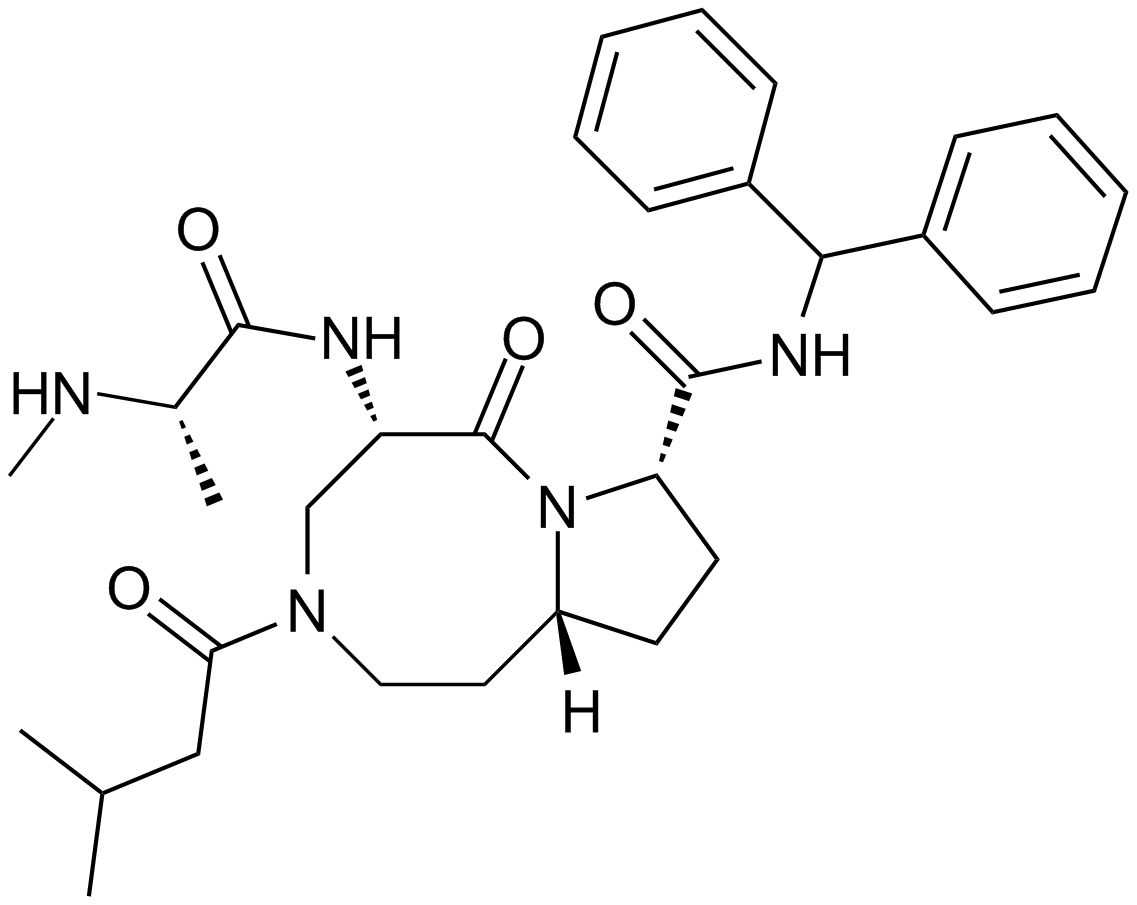
-
GC15870
AT7519
AT7519 (AT7519M) كمثبط فعال لـ CDKs ، مع IC50s من 210 و 47 و 100 و 13 و 170 و <10 نانومتر لـ CDK1 و CDK2 و CDK4 إلى CDK6 و CDK9 ، على التوالي
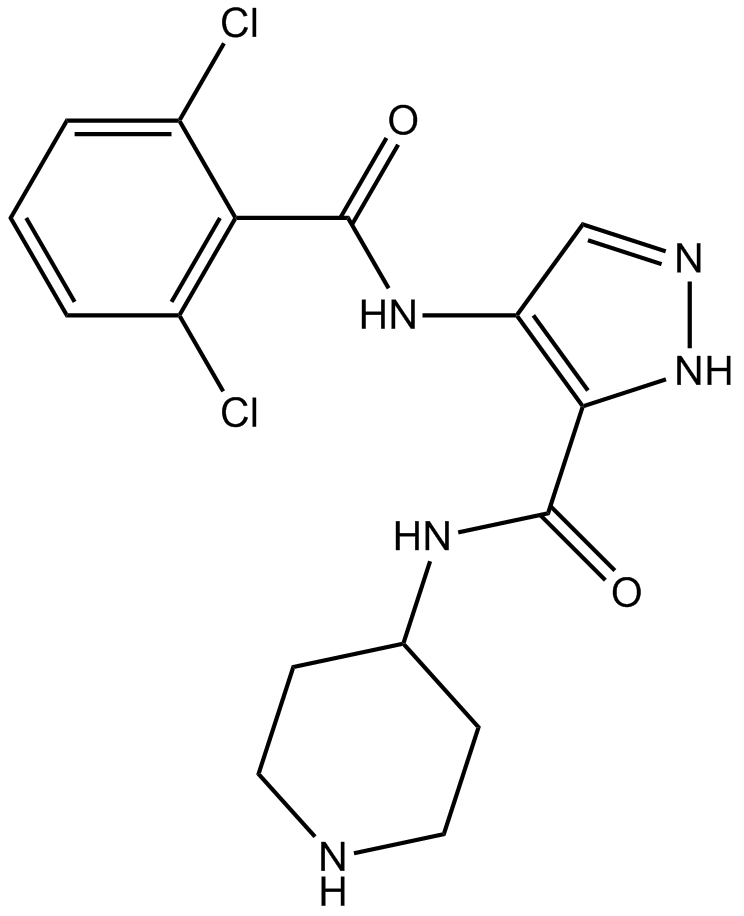
-
GC13998
AT7519 Hydrochloride
A Cdk inhibitor
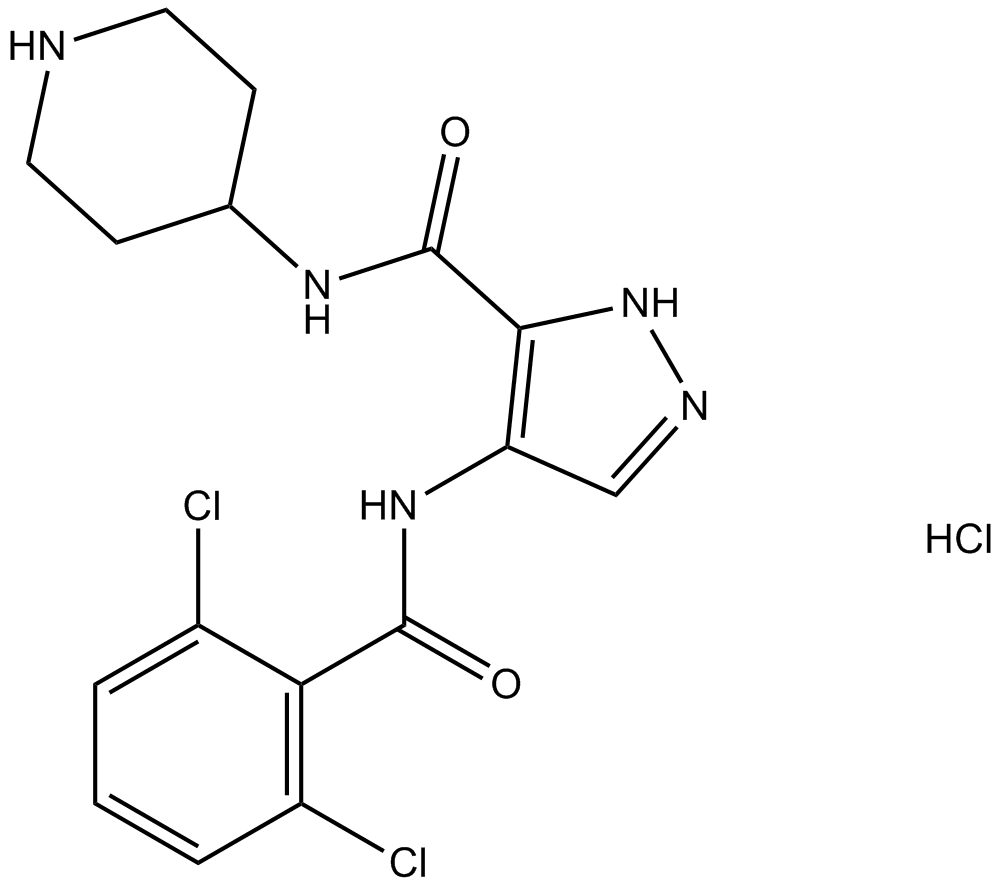
-
GC10638
AT9283
A broad spectrum kinase inhibitor
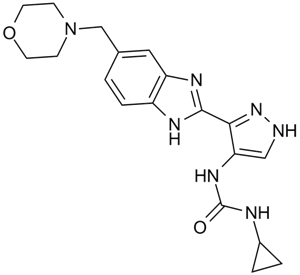
-
GC18133
ATB-346
ATB-346 (ATB-346) ، عقار مضاد للالتهاب غير ستيرويدي فعال عن طريق الفم (NSAID) ، يثبط انزيمات الأكسدة الحلقية -1 و 2 (COX-1 و 2).
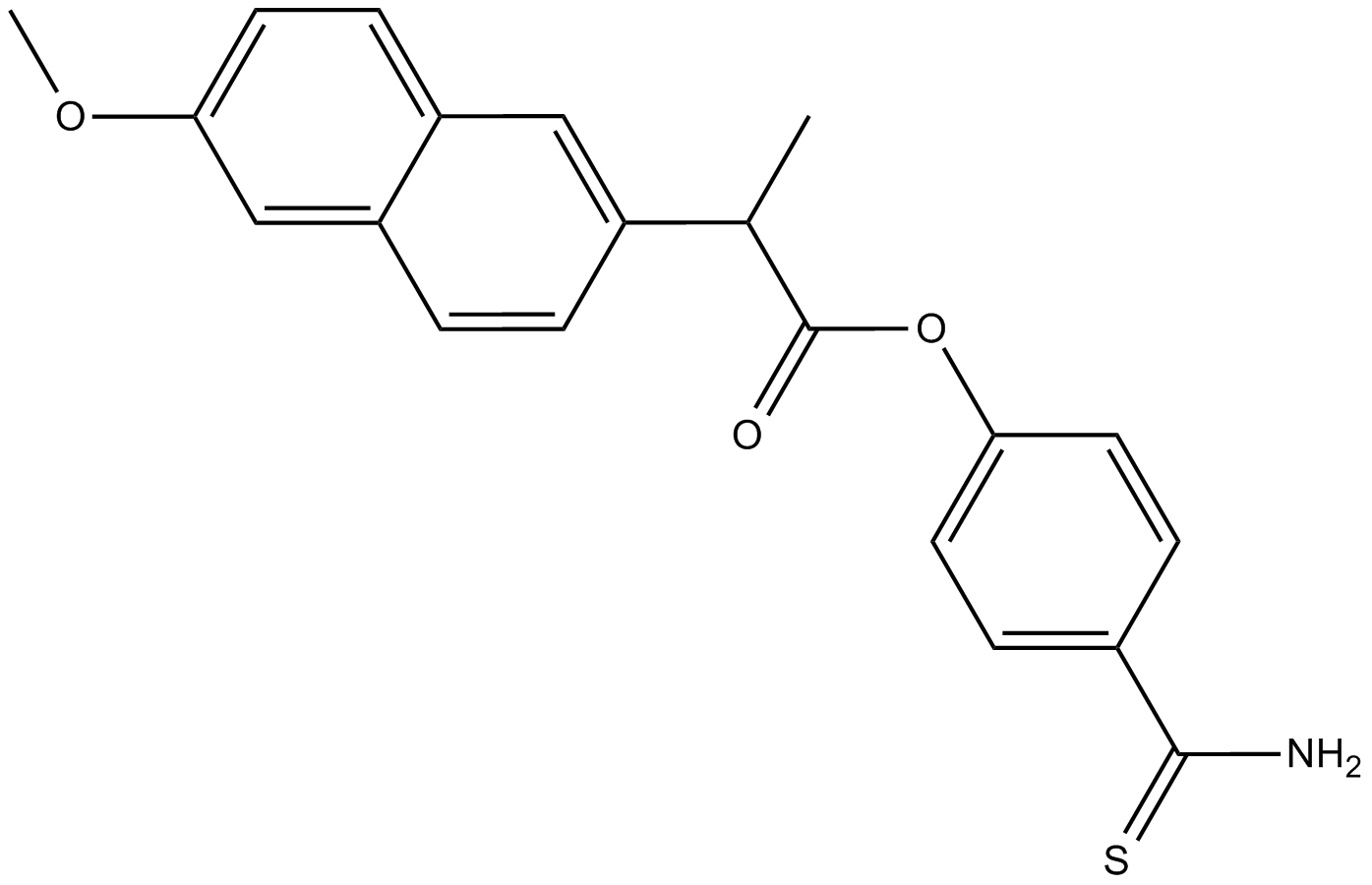
-
GC32704
Atezolizumab (MPDL3280A)
أتيزوليزوماب (MPDL3280A) هو أحد الأجسام المضادة المونوكلونية الإنسانية المحددة التي تستهدف بروتين PD-L1 والتي تستخدم في البحث عن مرض السرطان.

-
GC62499
ATH686
ATH686 هو مثبط FLT3 قوي وانتقائي وتنافسي ATPيستهدف ATH686 نشاط كيناز البروتين FLT3 الطافر ويمنع تكاثر الخلايا التي تأوي طفرات FLT3 عن طريق تحريض موت الخلايا المبرمج وتثبيط دورة الخليةATH686 له تأثيرات مضادة للوكيميا
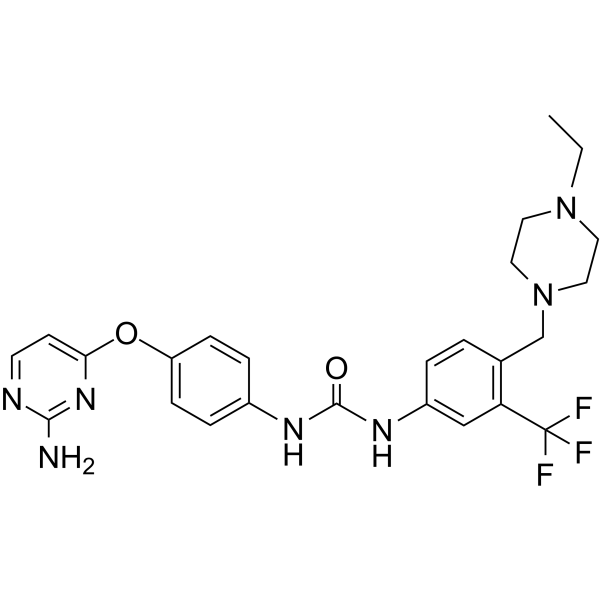
-
GC46892
ATRA-BA Hybrid
A prodrug form of all-trans retinoic acid and butyric acid

-
GN10394
Atractylenolide III

-
GC15878
Atractyloside Dipotassium Salt
Inhibitor of ADP/ATP translocases
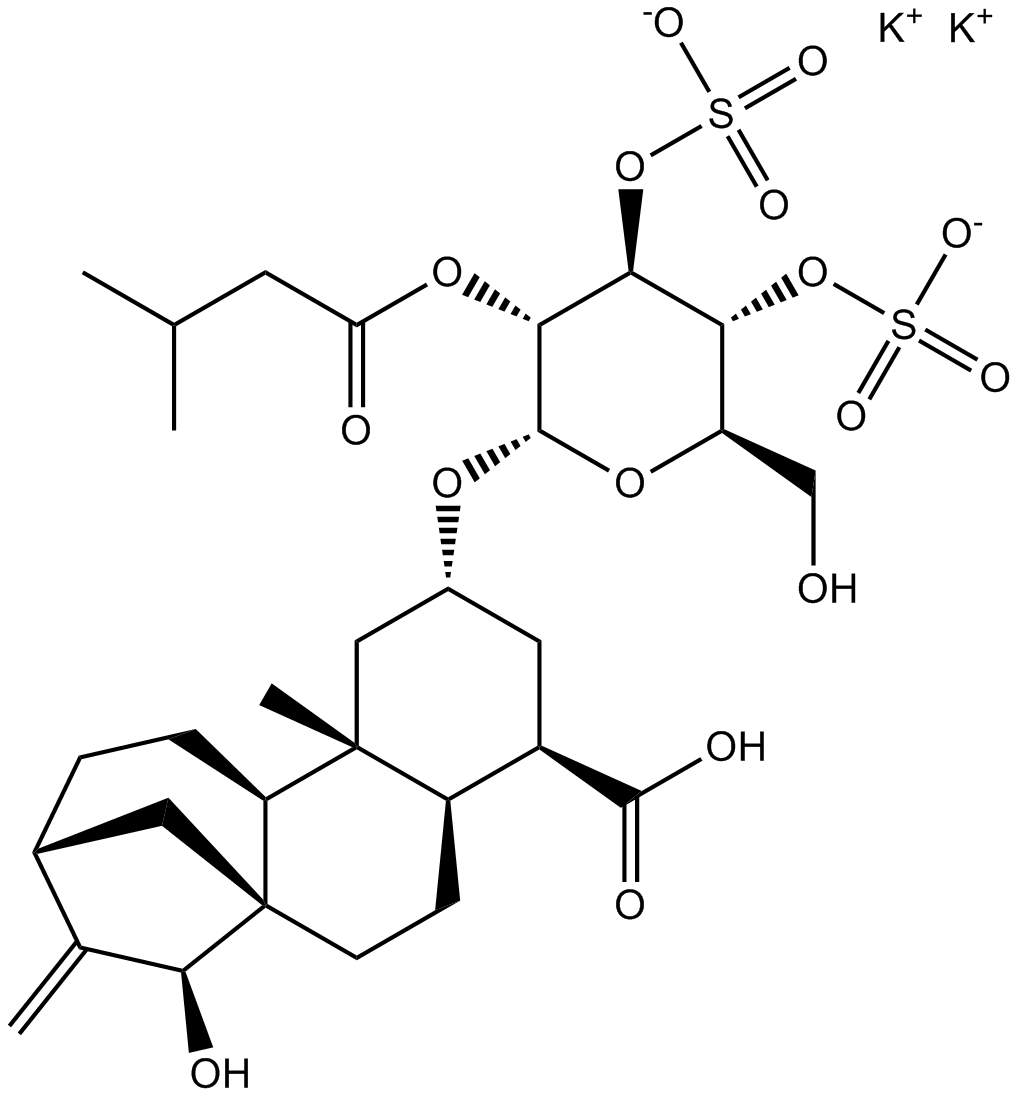
-
GC39699
Aurintricarboxylic acid
حمض Aurintricarboxylic هو فاعلية نانوية ، مضاد خيفي مع انتقائية تجاه P2X1Rs و P2X3R الحساسة لـ αβ-methylene-ATP ، مع IC50s من 8.6 نانومتر و 72.9 نانومتر لـ rP2X1R و rP2X3R ، على التوالي
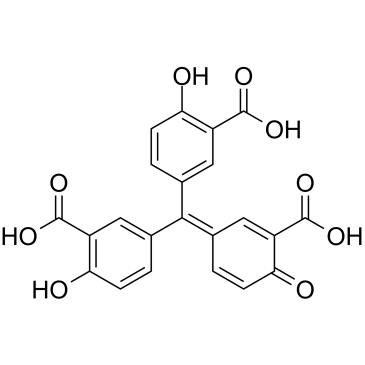
-
GC46895
Aurintricarboxylic Acid (ammonium salt)
A protein synthesis inhibitor with diverse biological activities

-
GC13332
Aurora A Inhibitor I
A potent and selective inhibitor of Aurora A kinase

-
GC15295
AUY922 (NVP-AUY922)
An Hsp90 inhibitor
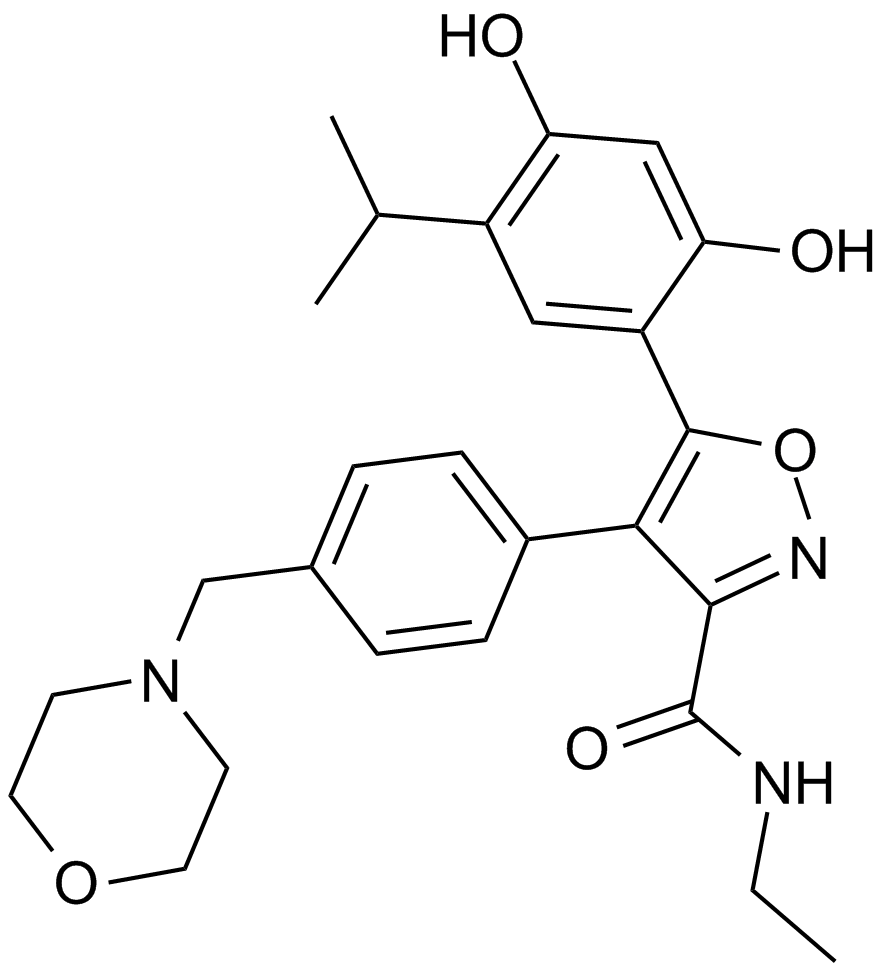
-
GC31719
Avelumab (Anti-Human PD-L1, Human Antibody)
Avelumab (Anti-Human PD-L1 ، جسم مضاد بشري) هو جسم مضاد أحادي النسيلة IgG1 بشري كامل مضاد لـ PD-L1 مع سمية خلوية محتملة تعتمد على الأجسام المضادة.
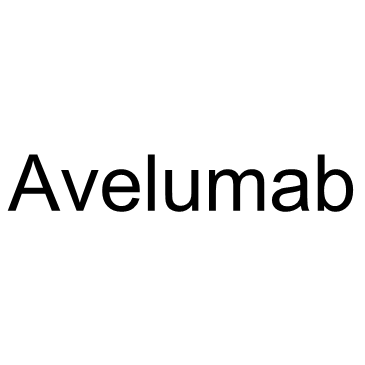
-
GC42880
Avenanthramide-C methyl ester
Avenanthramide-C methyl ester is an inhibitor of NF-κB activation that acts by blocking the phosphorylation of IKK and IκB (IC50 ~ 40 μM).

-
GC35440
AX-024
AX-024 هو مثبط متاح شفهيًا ، الأول من نوعه في فئته لتفاعل TCR-Nck الذي يمنع بشكل انتقائي تنشيط الخلايا التائية التي تسببها TCR باستخدام IC50 ~ 1 نانومتر
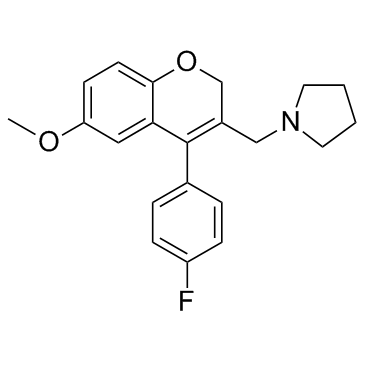
-
GC19046
AX-024 hydrochloride
هيدروكلوريد AX-024 هو مثبط متاح شفويا ، الأول من نوعه في فئته لتفاعل TCR-Nck الذي يمنع بشكل انتقائي تنشيط الخلايا التائية التي تسببها TCR باستخدام IC50 ~ 1 نانومتر
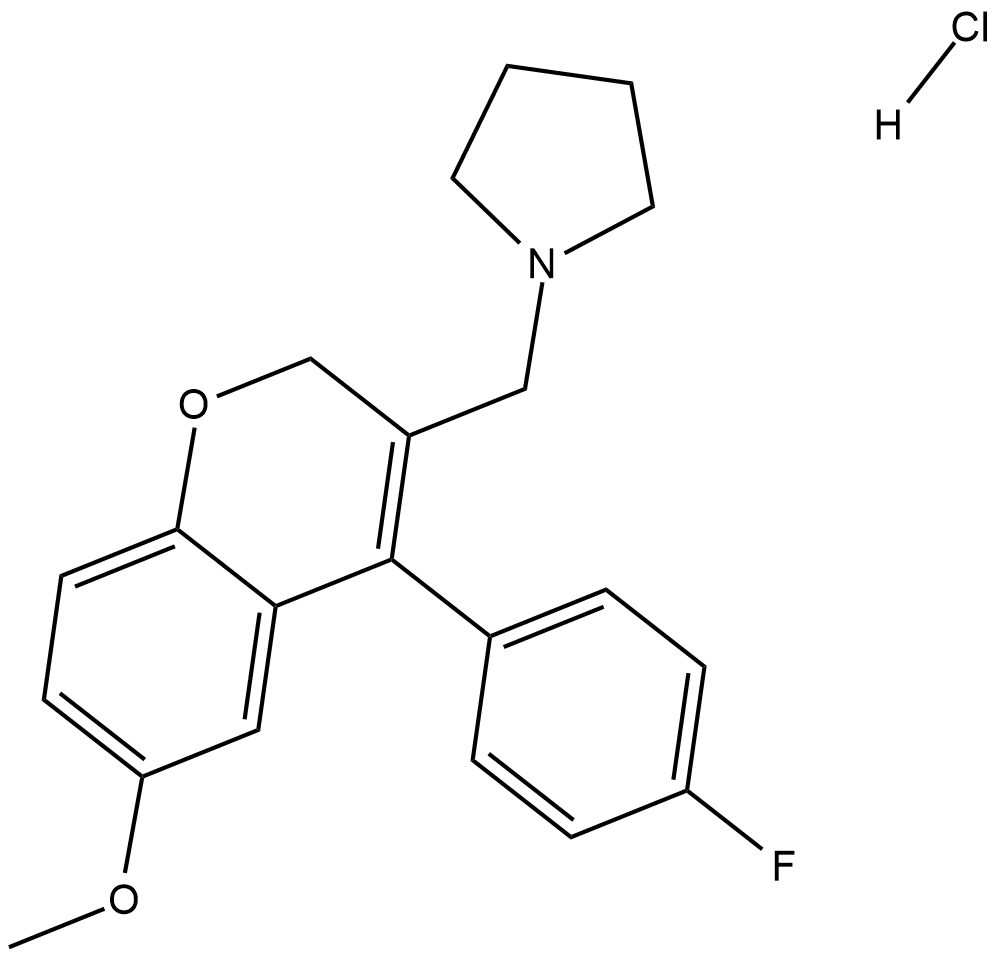
-
GC17045
AXL1717
A potent and selective inhibitor of IGF-1R
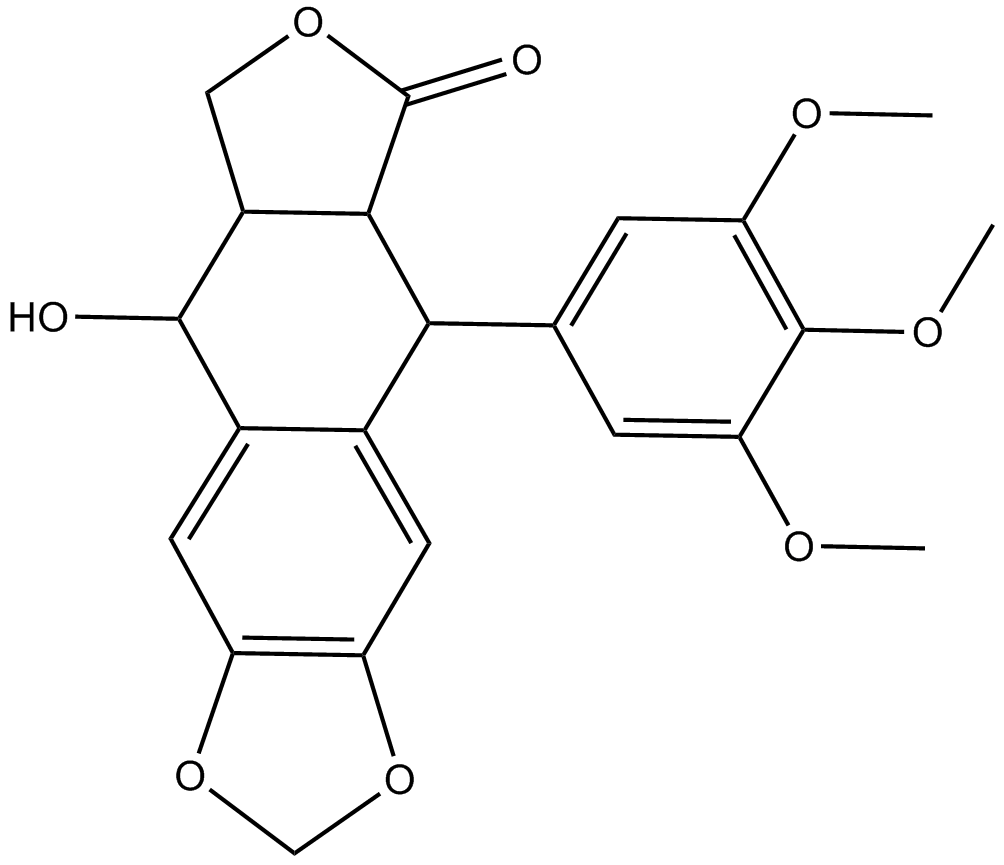
-
GC15055
AZ 628
AZ 628 هو مثبط بان راف كيناز مع IC50s من 105 و 34 و 29 نانومتر لـ B-Raf و B-RafV600E و c-Raf-1 ، على التوالي

-
GC13433
AZ 960
A JAK2 inhibitor
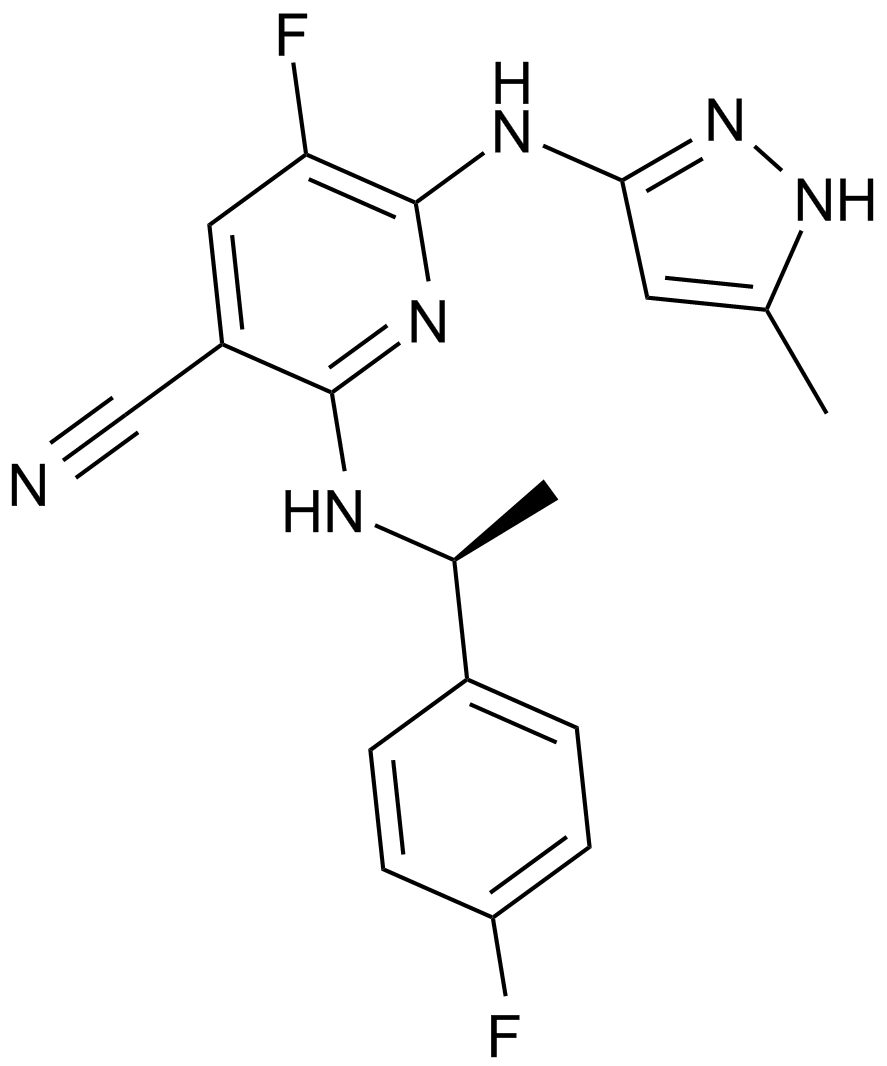
-
GC46901
Azadirachtin
Azadirachtin ، أحد المبيدات الحشرية النباتية الواعدة ، يستخدم على نطاق واسع لمكافحة الآفات

-
GC15033
Azathioprine
أزاثيوبرين (BW 57-322) هو عامل مثبط للمناعة فعال عن طريق الفم
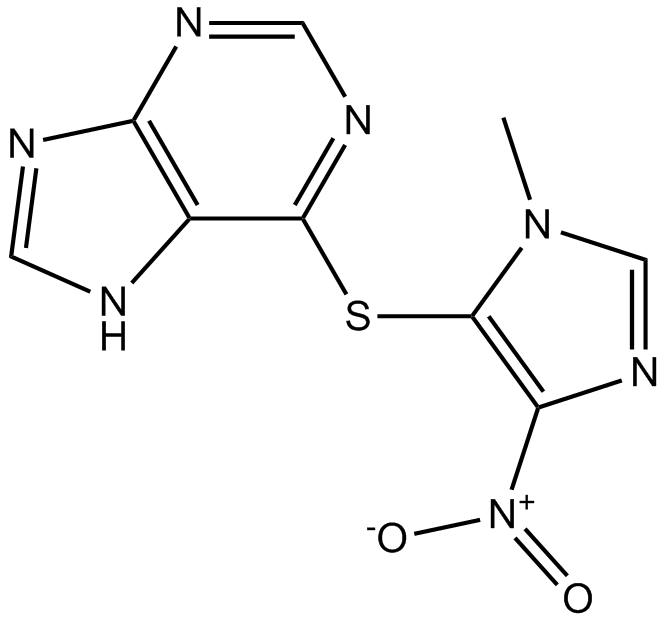
-
GC48971
AZD 1152 (hydrochloride)
A prodrug for a potent Aurora B inhibitor

-
GC18566
AZD 3147
AZD 3147 هو مثبط مزدوج انتقائي فعال عن طريق الفم لـ mTORC1 و mTORC2 بقيمة IC50 تبلغ 1.5 نانومتر. AZD 3147 له أيضًا تأثير انتقائي على PI3K.
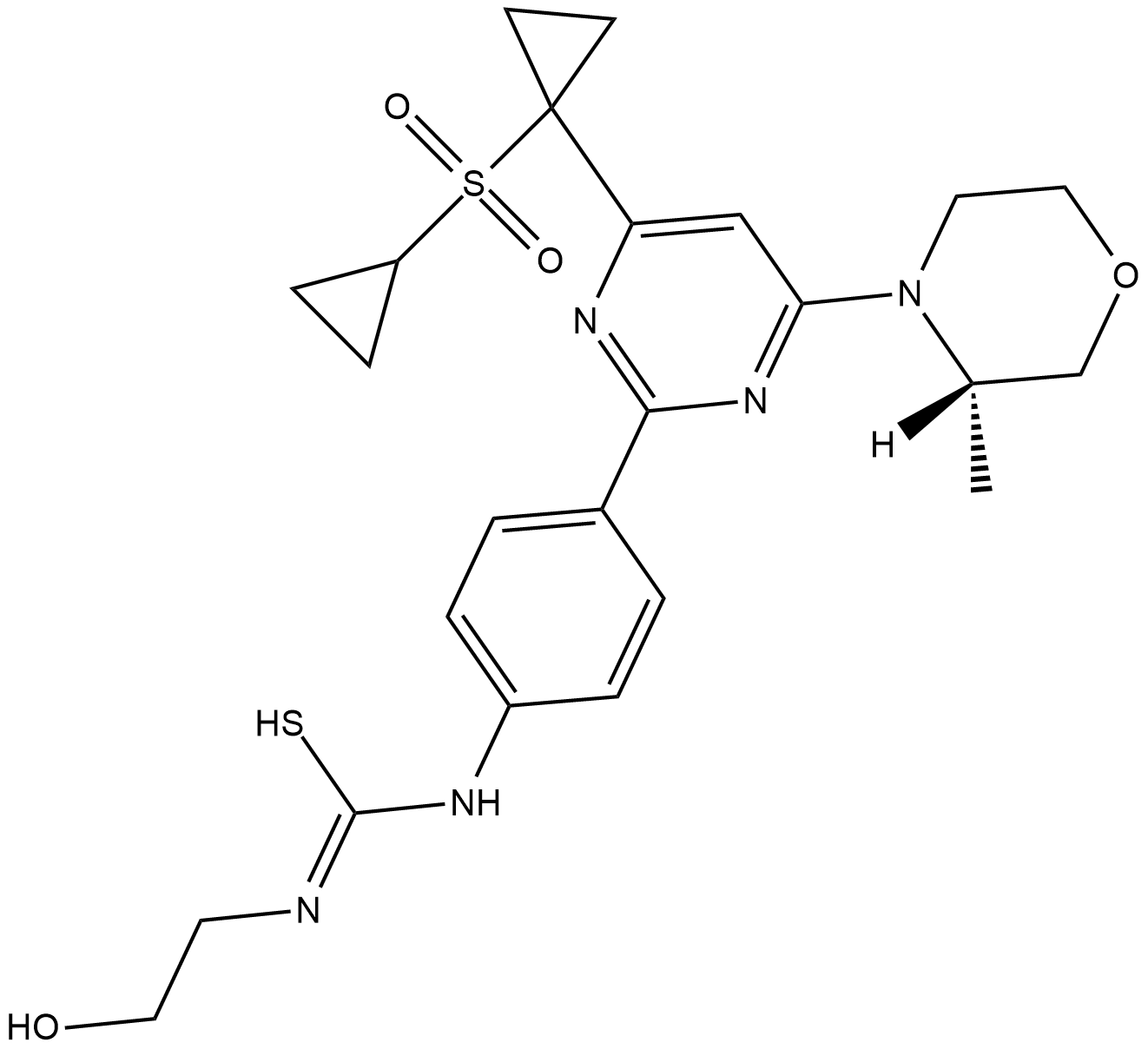
-
GC50109
AZD 5582 dihydrochloride
AZD 5582 dihydrochloride هو مضاد لمثبط بروتينات موت الخلايا المبرمج (IAPs) ، والذي يرتبط بمجالات BIR3 cIAP1 و cIAP2 و XIAP مع IC50s من 15 و 21 و 15 نانومتر ، على التوالي. AZD5582 يستحث موت الخلايا المبرمج.
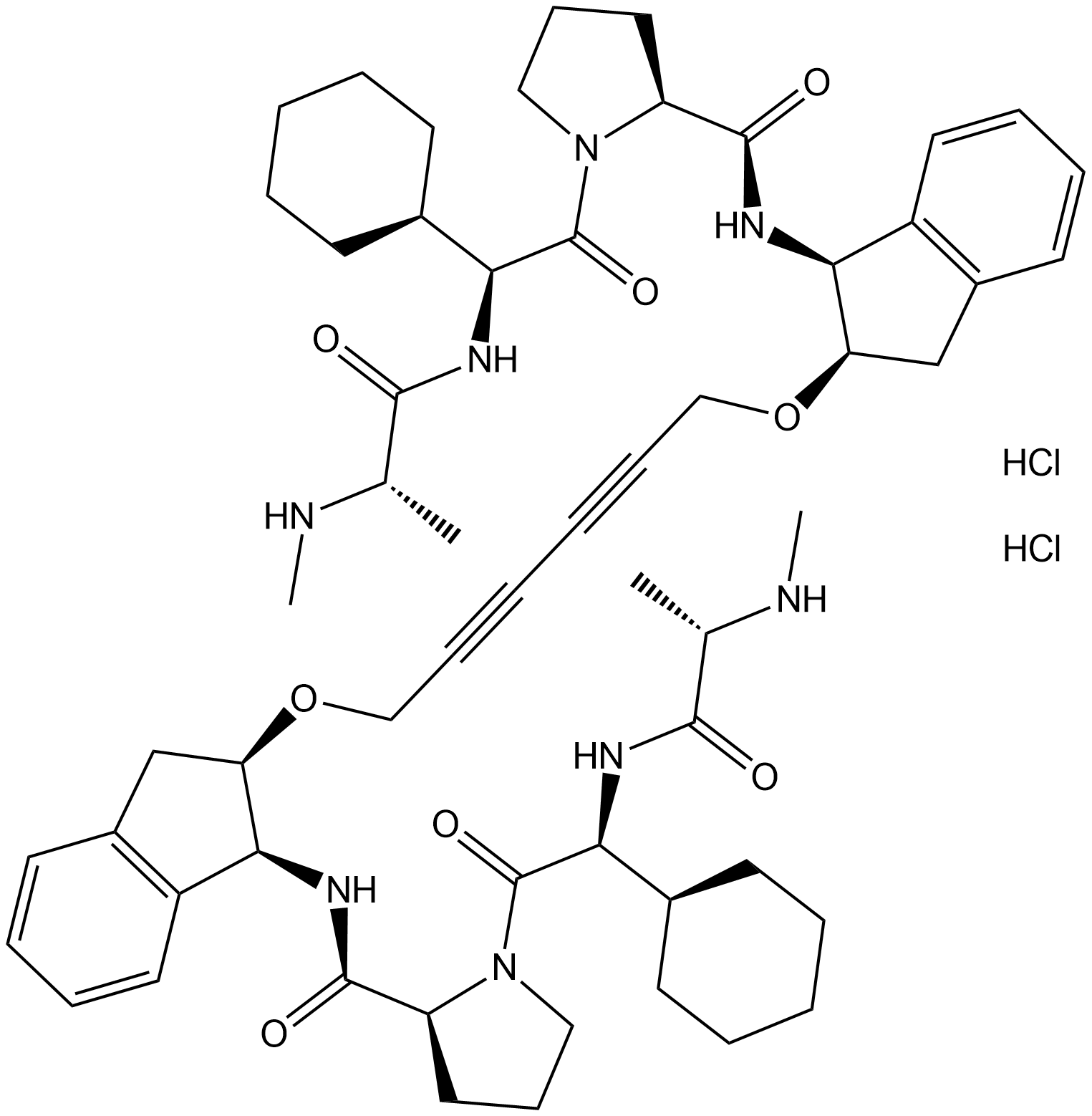
-
GC33247
AZD-5991
AZD-5991 هو مثبط قوي وانتقائي Mcl-1 مع IC50 من 0.7 نانومتر في اختبار FRET و Kd 0.17 نانومتر في اختبار رنين البلازمون السطحي (SPR)
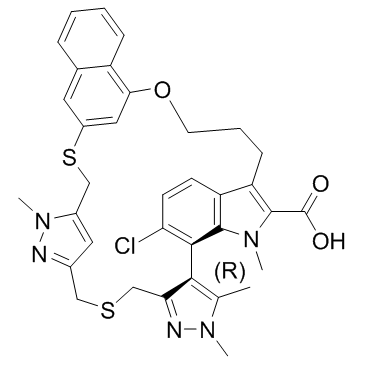
-
GC33283
AZD-5991 Racemate
AZD-5991 Racemate هو زميل سباق AZD-5991AZD-5991 Racemate هو مثبط Mcl-1 مع IC50 أقل من 3 نانومتر في اختبار FRET
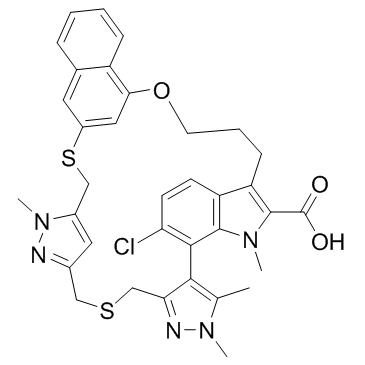
-
GC33239
AZD-5991 S-enantiomer
AZD-5991 S-enantiomer هو المُصاهِر الأقل نشاطًا لـ AZD-5991. AZD-5991 S-enantiomer هو مثبط Mcl-1 مع IC50 6.3 ميكرومتر في اختبار FRET و Kd 0.98 ميكرومتر في اختبار رنين البلازمون السطحي (SPR).
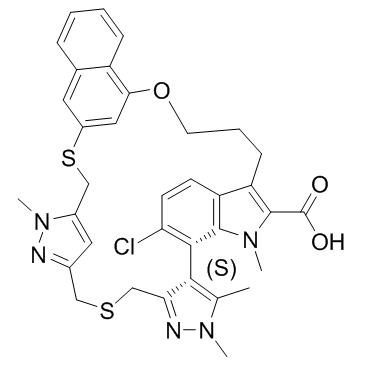
-
GC64938
AZD-7648
AZD-7648 هو مثبط فعال ، فعال عن طريق الفم ، انتقائي DNA-PK مع IC50 من 0.6 نانومتر. AZD-7648 يستحث موت الخلايا المبرمج ويظهر نشاط مضاد للأورام.
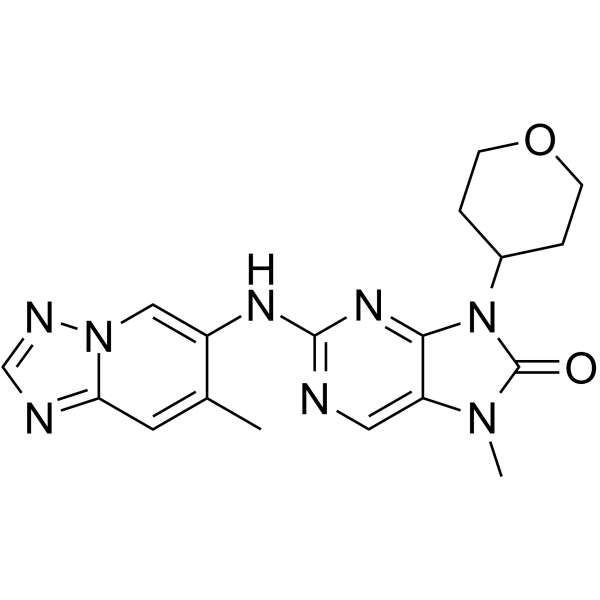
-
GC12660
AZD1208
A pan-Pim kinase inhibitor
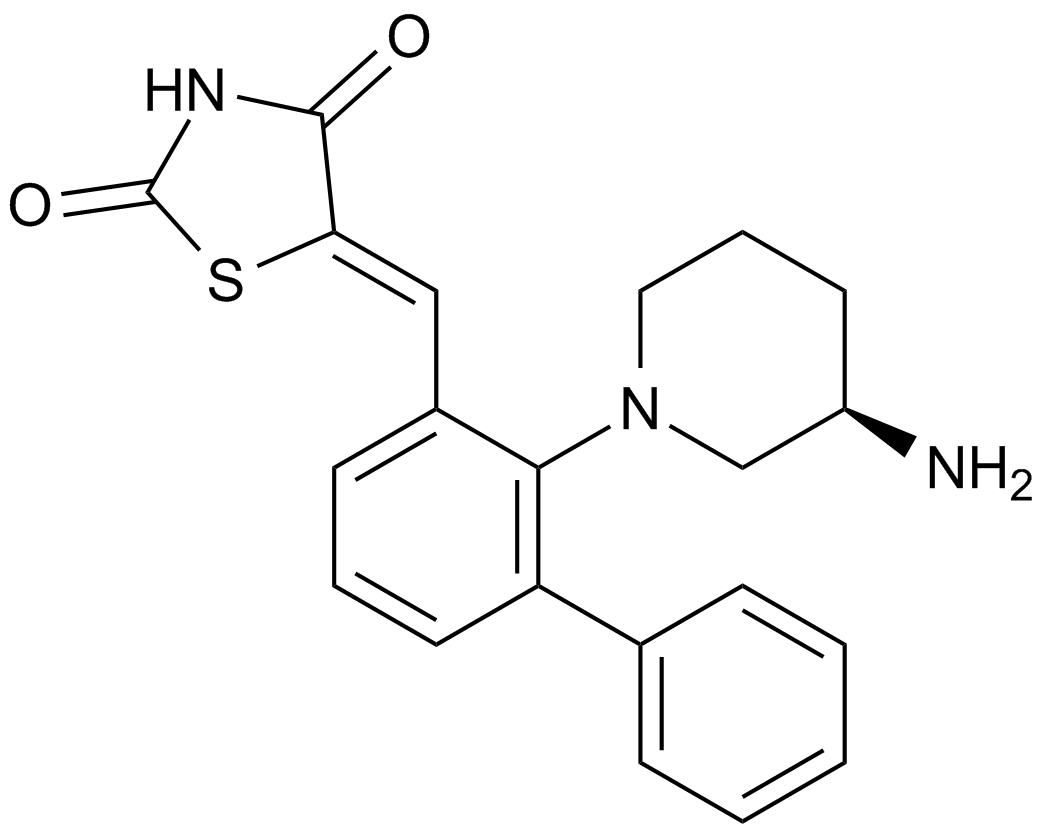
-
GC13029
AZD2014
AZD2014 (AZD2014) هو مثبط mTOR تنافسي لـ ATP مع IC50 من 2.81 نانومتر. AZD2014 يثبط كلا من مجمعي mTORC1 و mTORC2.
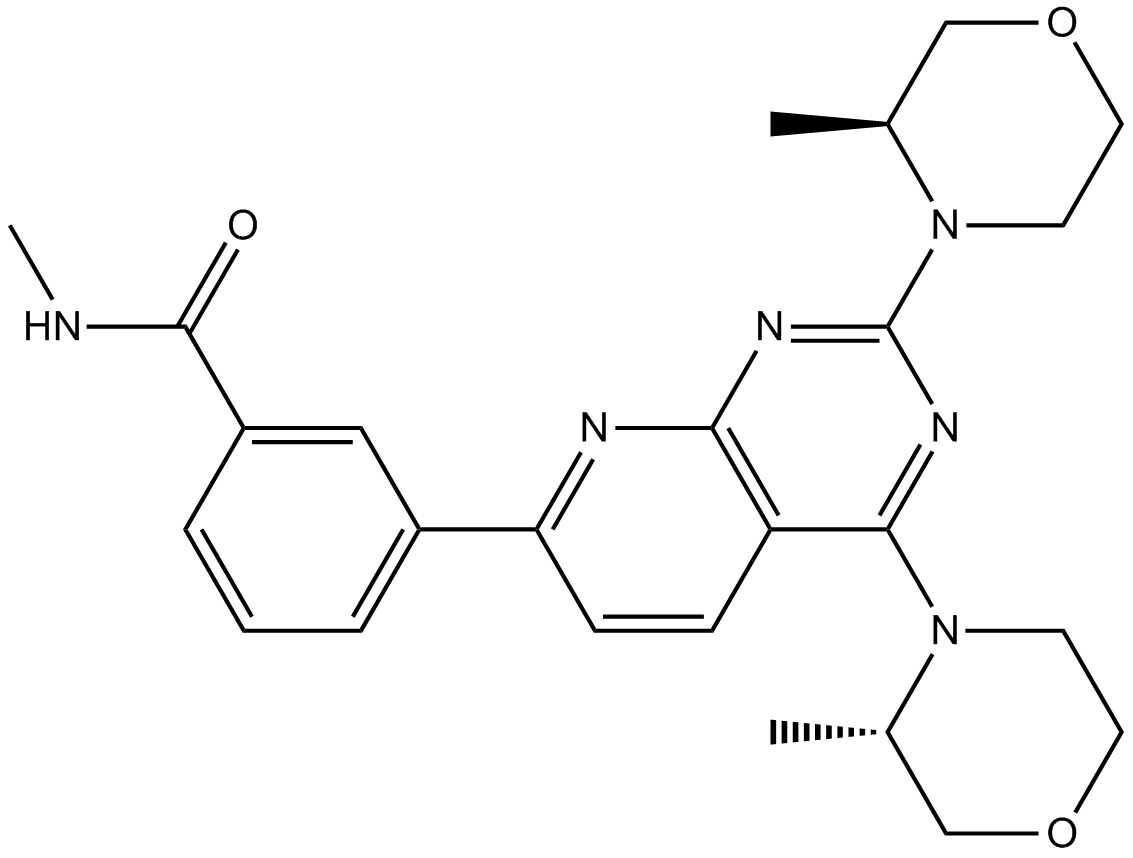
-
GC33255
AZD4320
AZD4320 عبارة عن مثبط ثنائي BCL2 / BCLxL جديد يحاكي BH3 مع IC50s من 26 نانومتر و 17 نانومتر و 170 نانومتر لخلايا KPUM-MS3 و KPUM-UH1 و STR-428 ، على التوالي
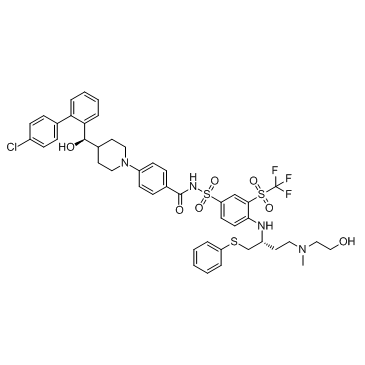
-
GC19050
AZD5582
AZD5582 هو مضاد لمثبط بروتينات موت الخلايا المبرمج (IAPs) ، والذي يرتبط بنطاقات BIR3 cIAP1 و cIAP2 و XIAP مع IC50s من 15 و 21 و 15 نانومتر ، على التواليAZD5582 يستحث موت الخلايا المبرمج
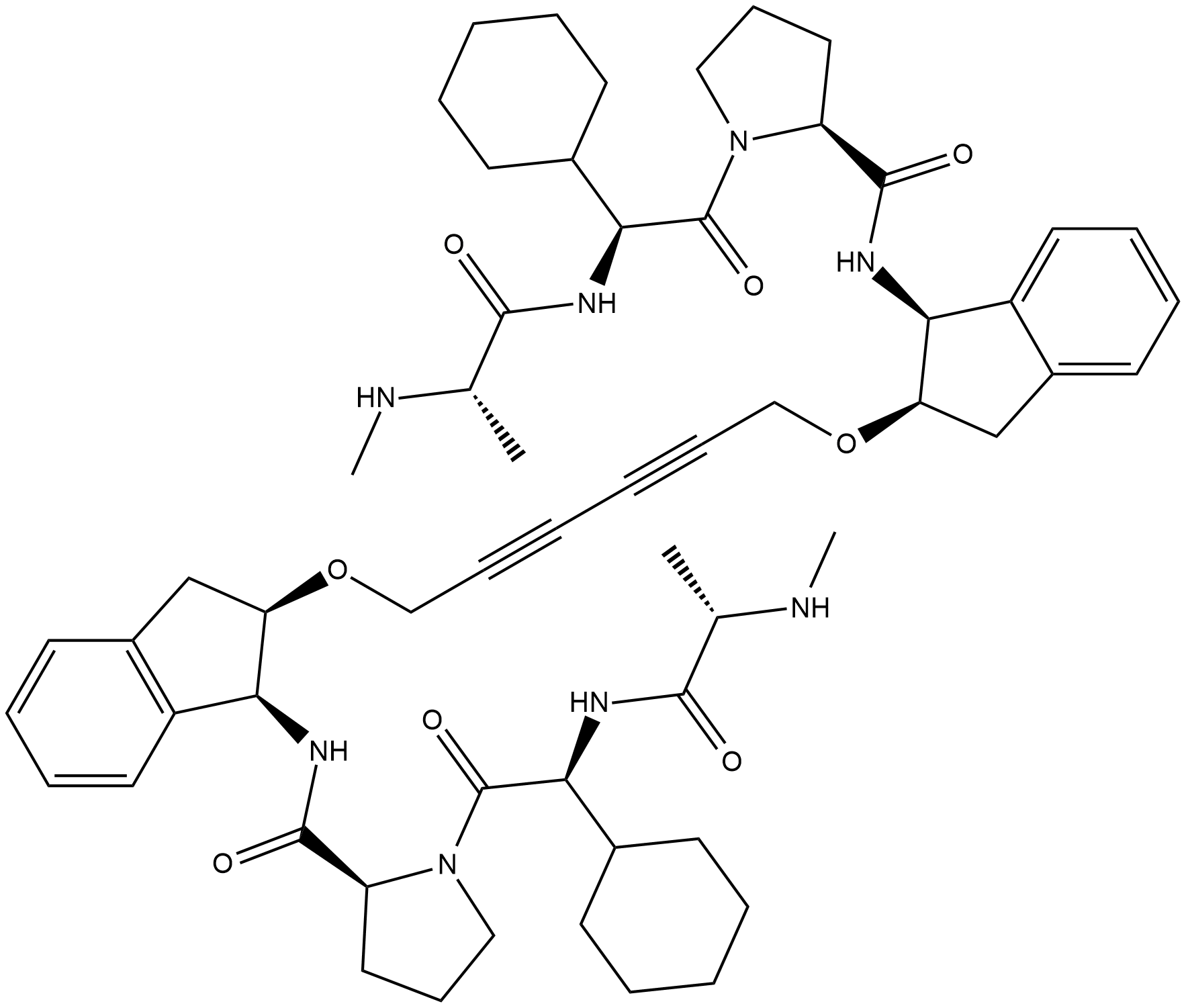
-
GC16380
AZD8055
مثبط MTOR
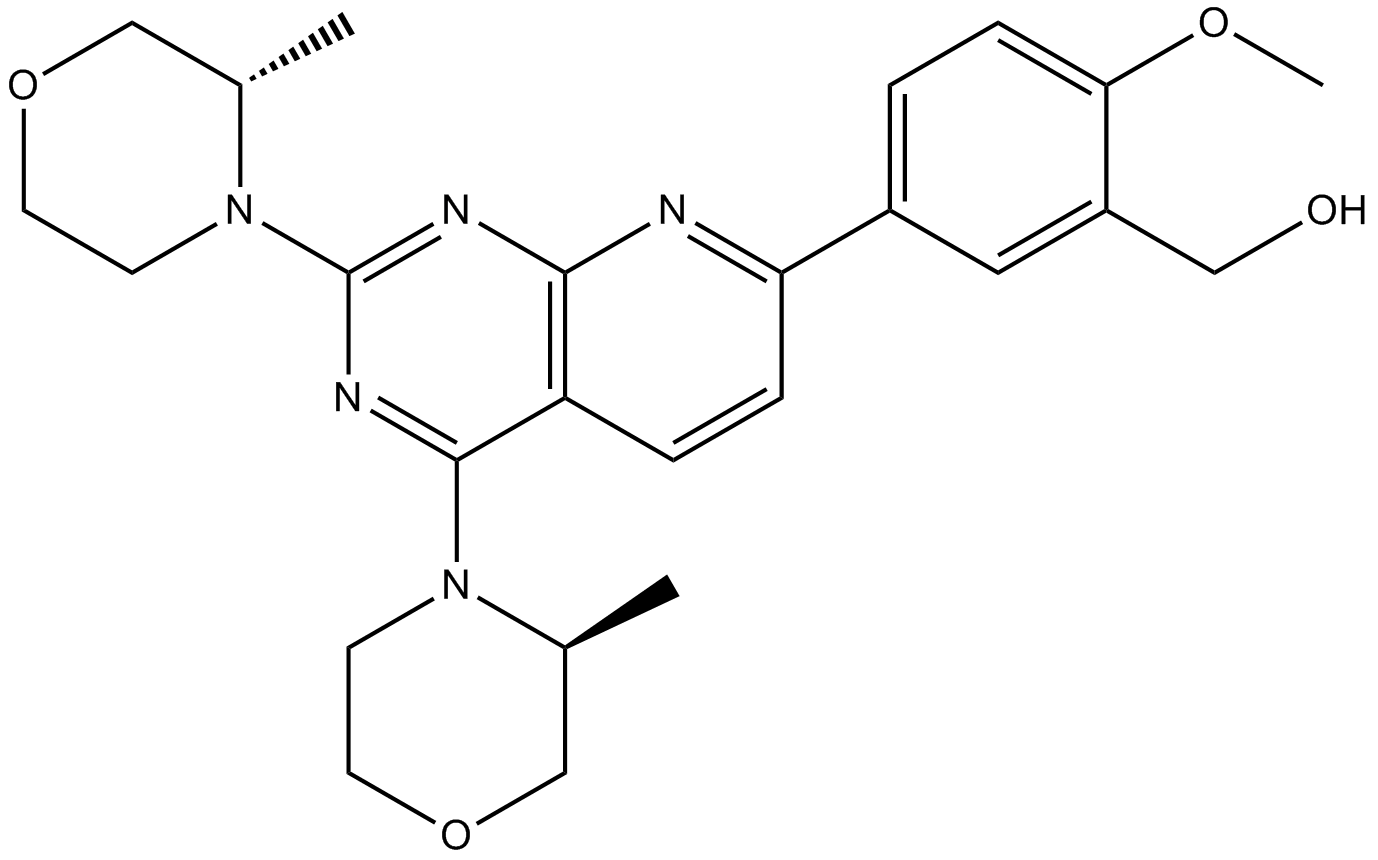
-
GC19054
Azoramide
Azoramide هو مُعدِّل جزيء صغير قوي وفعال عن طريق الفم لاستجابة البروتين غير المطوي (UPR)
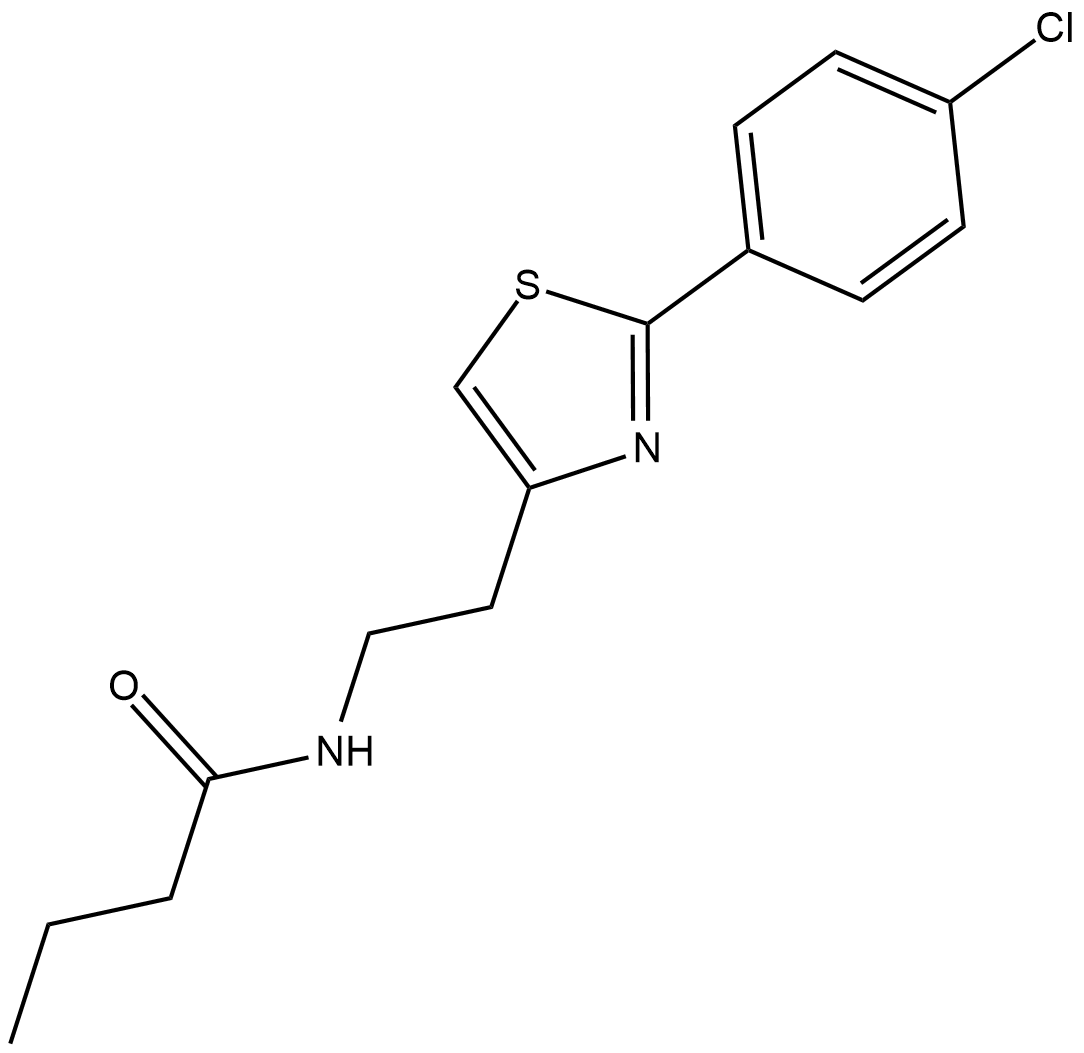
-
GC46904
Azoxystrobin
أزوكسيستروبين مبيد فطري واسع الطيف بيتا-ميثوكسي أكريلات

-
GC60616
AZT triphosphate
AZT ثلاثي الفوسفات (3'-Azido-3'-deoxythymidine-5'-triphosphate) هو مستقلب ثلاثي الفوسفات نشط من Zidovudine (AZT)
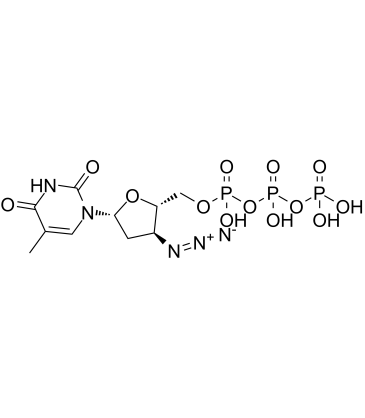
-
GC60617
AZT triphosphate TEA
AZT ثلاثي الفوسفات TEA (3'-Azido-3'-deoxythymidine-5'-triphosphate TEA) هو مستقلب ثلاثي الفوسفات نشط من Zidovudine (AZT)
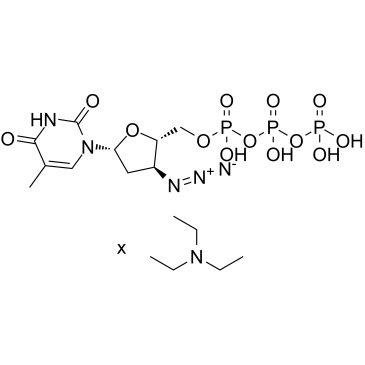
-
GC35458
Bacopaside II
Bacopaside II ، وهو مستخلص من الأعشاب الطبية Bacopa monnieri ، يمنع قناة المياه Aquaporin-1 (AQP1) ويضعف هجرة الخلايا التي تعبر عن AQP1Bacopaside II يحث على إيقاف دورة الخلية وموت الخلايا المبرمج
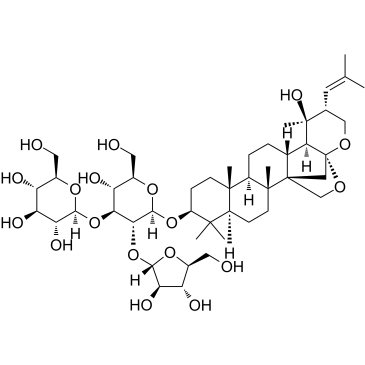
-
GC34263
Bak BH3
مشتق Bak BH3 من مجال BH3 من Bak ، يمكن أن يعادي وظيفة Bcl-xL في الخلايا

-
GC52344
Bak BH3 (72-87) (human) (trifluoroacetate salt)
A Bak-derived peptide

-
GC12053
BAM7
A direct activator of Bax
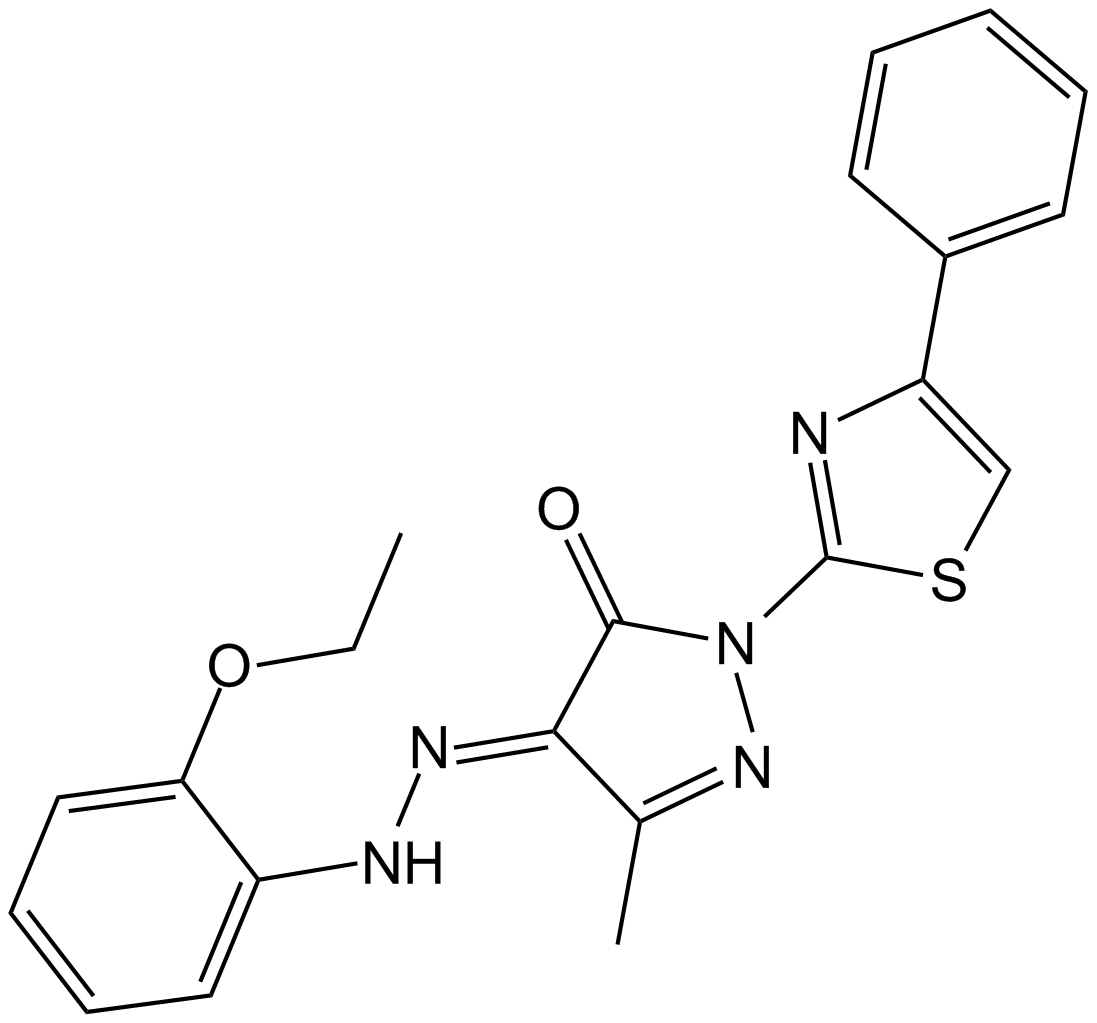
-
GN10507
Baohuoside I
Baohuoside I, a flavonoid isolated from Epimedium koreanum Nakai, acts as an inhibitor of CXCR4, downregulates CXCR4 expression, induces apoptosis and shows anti-tumor activity.
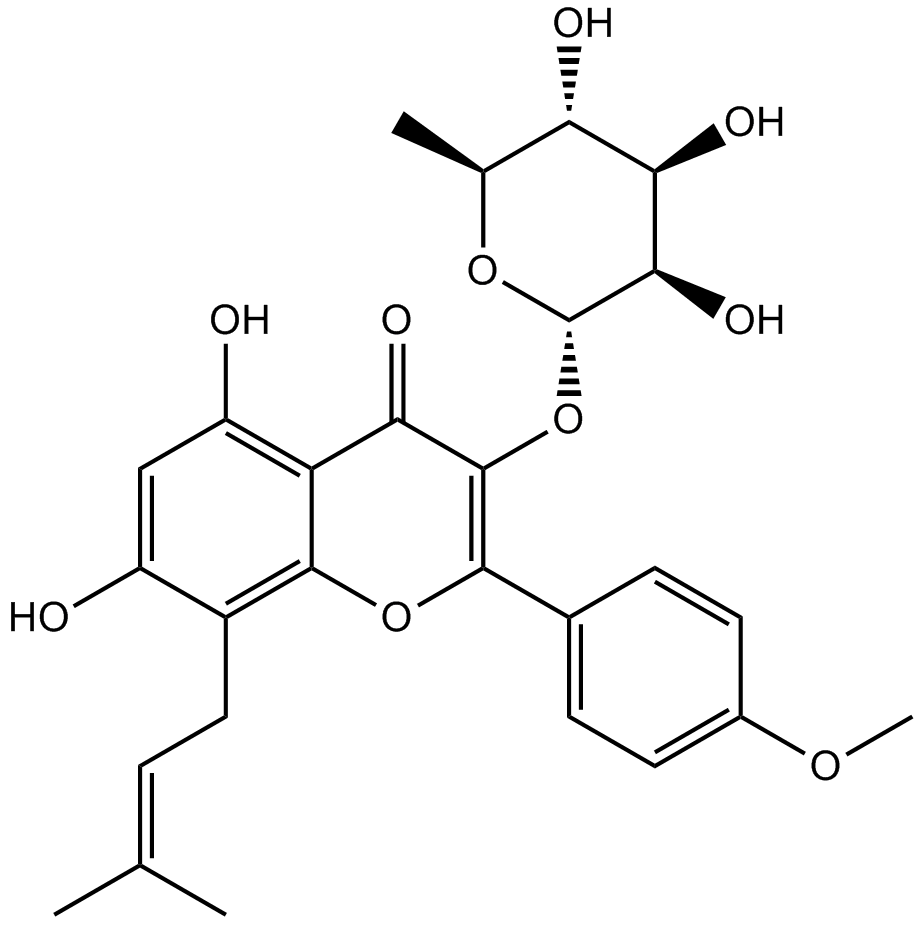
-
GC15371
Bardoxolone
An anti-inflammatory compound that activates Nrf2/ARE signaling
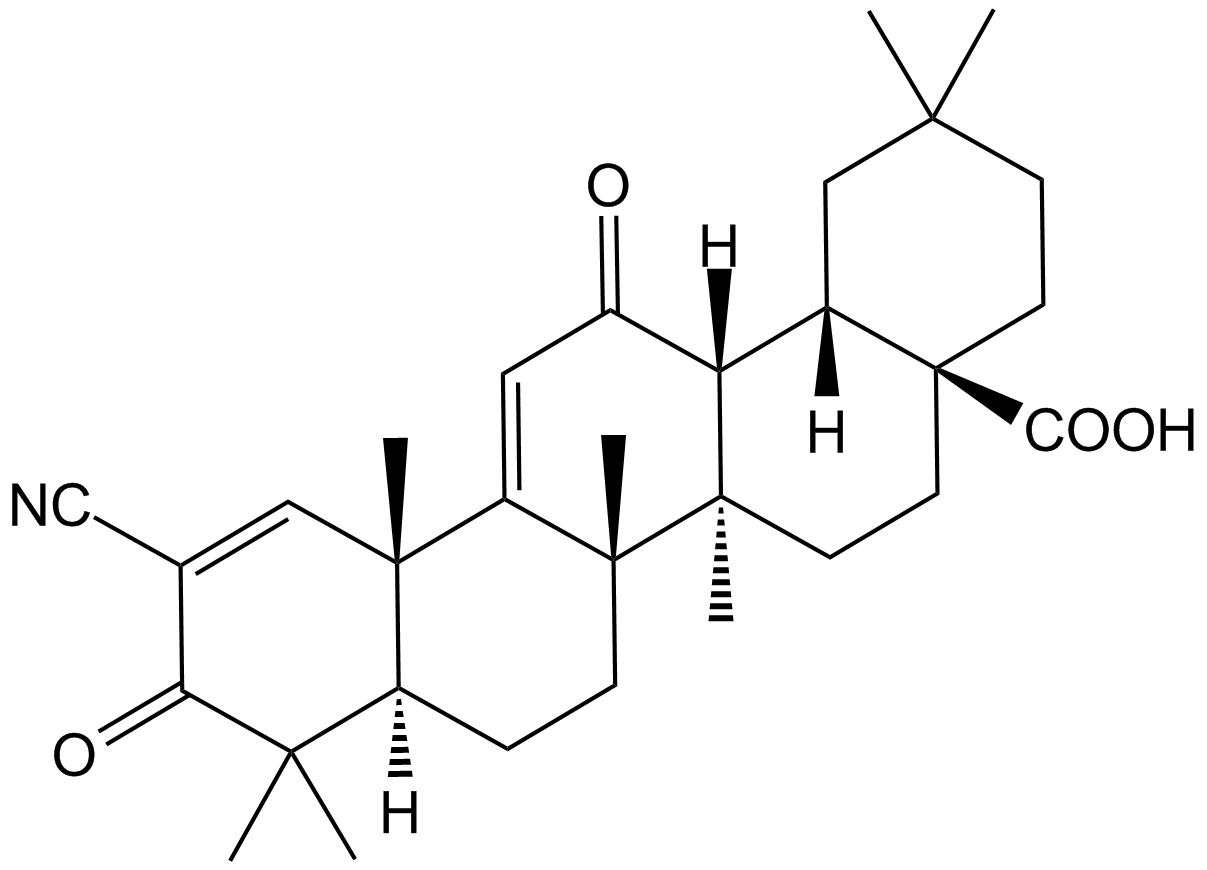
-
GC11572
Bardoxolone methyl
A synthetic triterpenoid with potent anticancer and antidiabetic activity
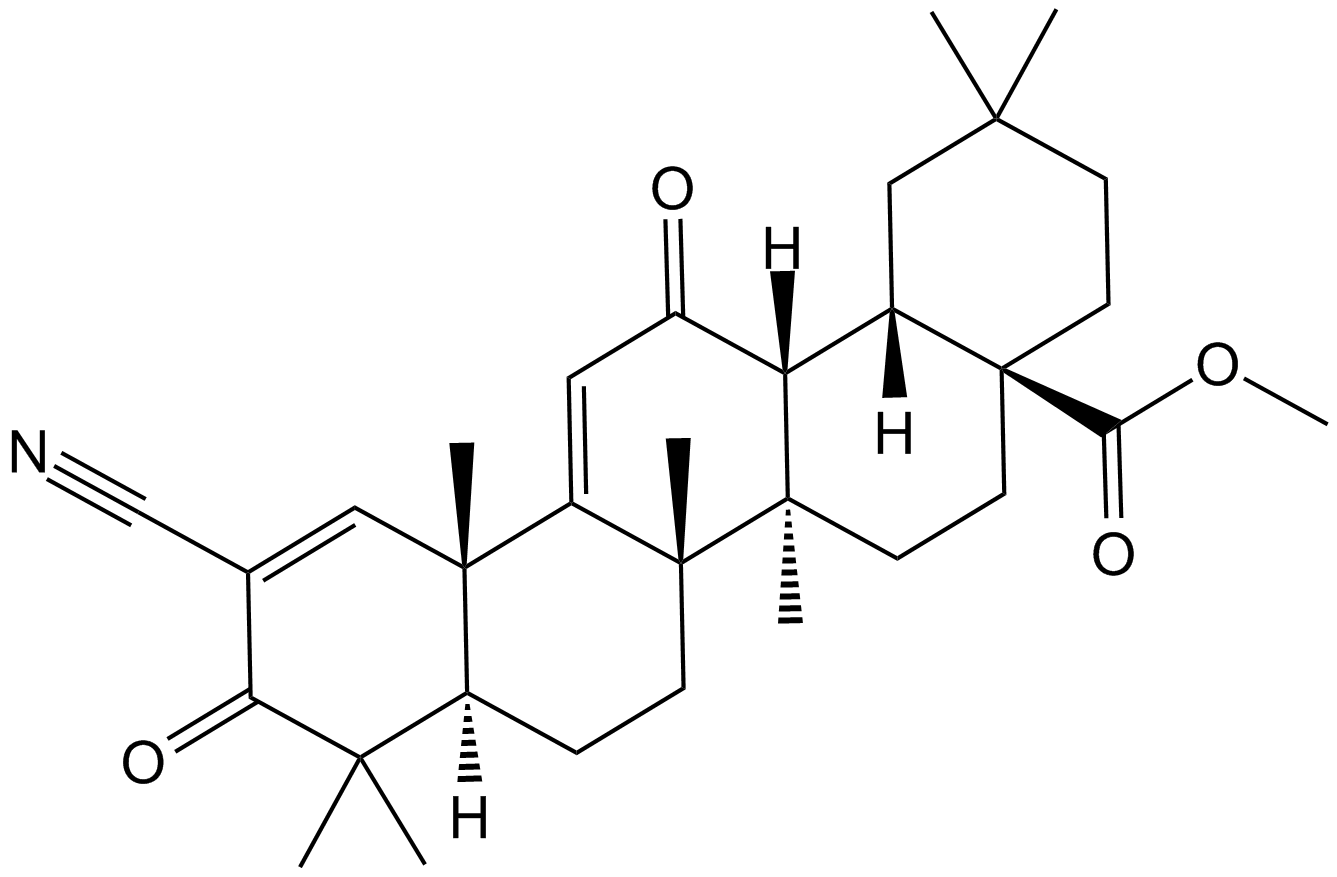
-
GC60620
Batabulin
Batabulin (T138067) هو عامل مضاد للأورام ، والذي يرتبط تساهميًا وانتقائيًا بمجموعة فرعية من نظائر β-tubulin ، مما يؤدي إلى تعطيل بلمرة الأنابيب الدقيقةيؤثر Batabulin على مورفولوجيا الخلية ويؤدي إلى توقف دورة الخلية ويؤدي في النهاية إلى موت الخلايا المبرمج
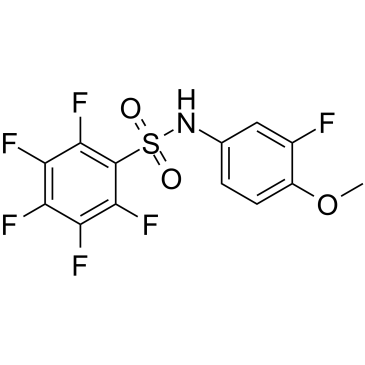
-
GC60621
Batabulin sodium
Batabulin sodium (T138067 sodium) هو عامل مضاد للأورام ، والذي يرتبط تساهميًا وانتقائيًا بمجموعة فرعية من نظائر β-tubulin ، وبالتالي يعطل بلمرة الأنابيب الدقيقةيؤثر صوديوم باتابولين على شكل الخلية ويؤدي إلى توقف دورة الخلية ويؤدي في النهاية إلى موت الخلايا المبرمج
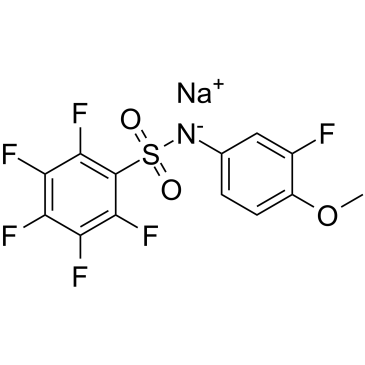
-
GC12763
Bax channel blocker
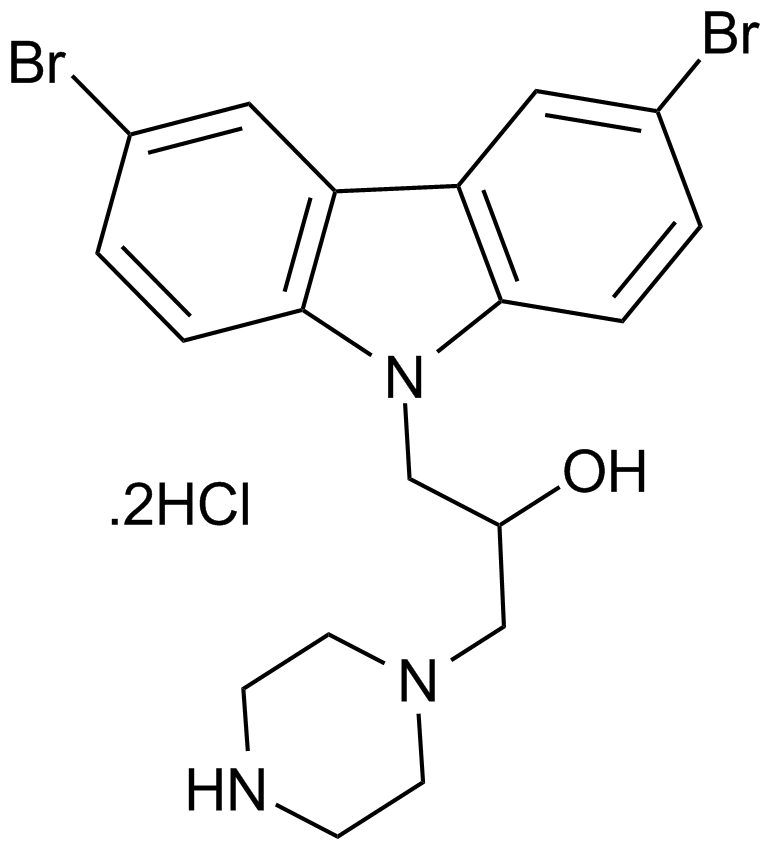
-
GC16023
Bax inhibitor peptide P5
Bax inhibitor

-
GC17195
Bax inhibitor peptide V5
A Bax inhibitor

-
GC52476
Bax Inhibitor Peptide V5 (trifluoroacetate salt)
A Bax inhibitor

-
GC16695
Bax inhibitor peptide, negative control
Peptide inhibit Bax translocation to mitochondria

-
GC10345
Bay 11-7085
BAY 11-7085 (BAY 11-7083) هو مثبط لتنشيط NF-κB وفسفرة IκBα ؛ إنه يستقر IκBα مع IC 50 من 10 ميكرومتر
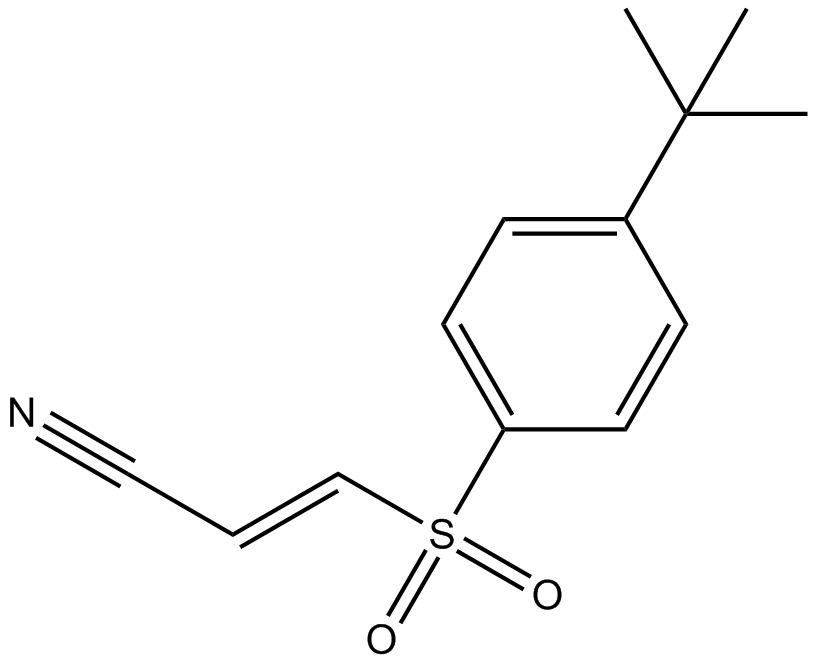
-
GC13035
Bay 11-7821
مثبط انتقائي ولا رجعة فيه لـ NF-κB
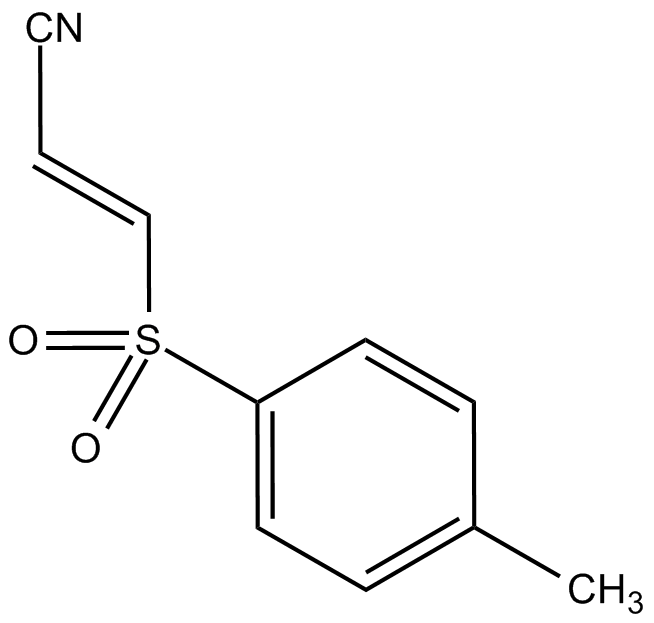
-
GC16389
BAY 61-3606
A Syk inhibitor

-
GC42897
BAY 61-3606 (hydrochloride)
BAY 61-3606 is a cell-permeable, reversible inhibitor of spleen tyrosine kinase (Syk; Ki = 7.5 nM; IC50 = 10 nM).

-
GC12136
BAY 61-3606 dihydrochloride
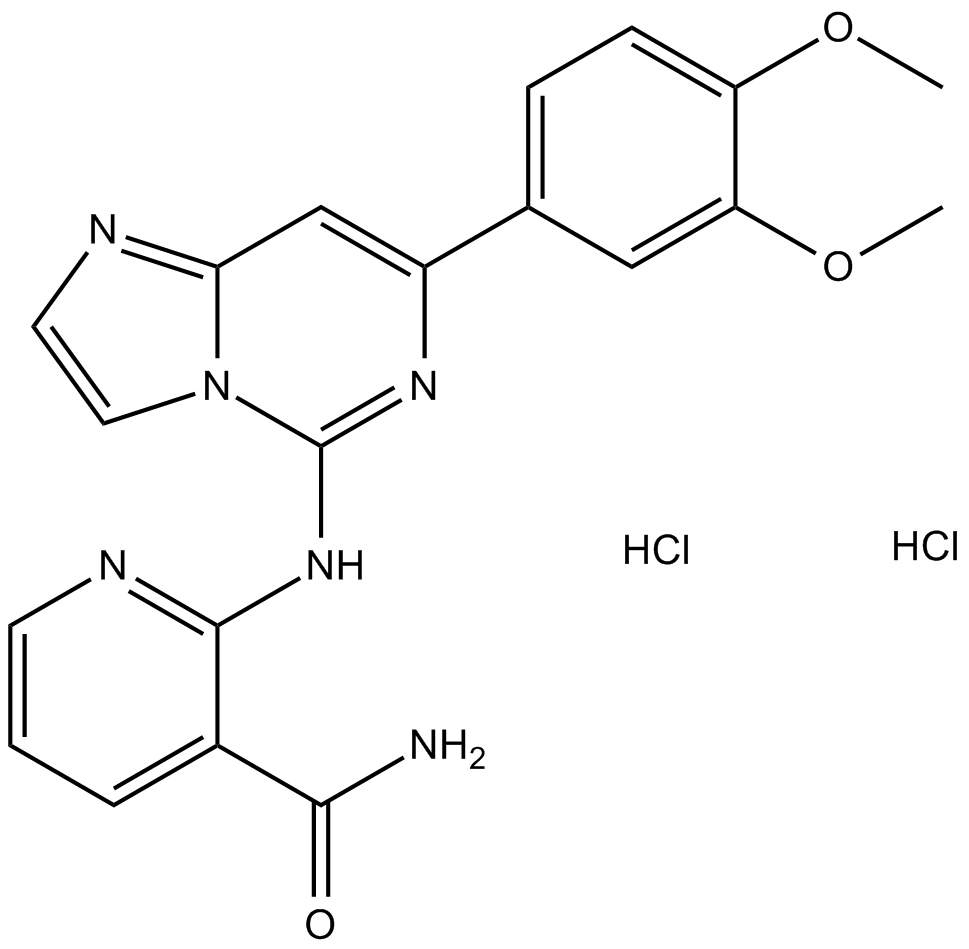
-
GC62164
BAY1082439
BAY1082439 هو مثبط PI3Kα / β / متوفر بيولوجيًا عن طريق الفمBAY1082439 يثبط أيضًا الأشكال الطافرة من PIK3CABAY1082439 فعال للغاية في تثبيط نمو سرطان البروستاتا الصفري
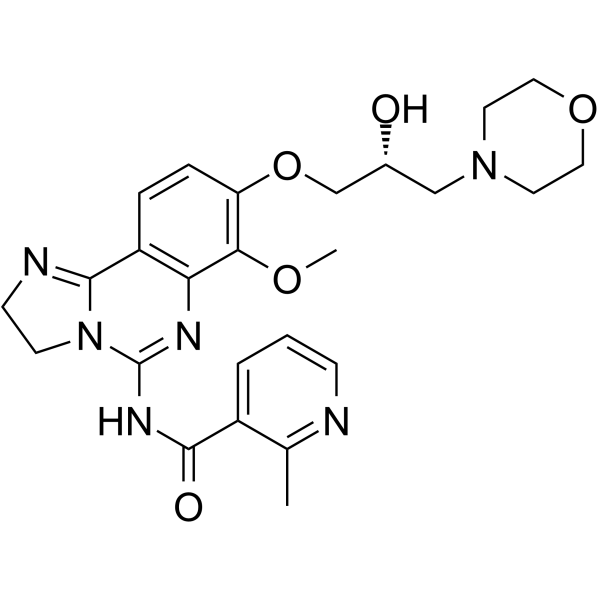
-
GC16516
BCH
BCH (BCH) هو مثبط انتقائي وتنافسي لناقل الأحماض الأمينية المحايدة الكبيرة 1 (LAT1) يمنع بشكل كبير الامتصاص الخلوي للأحماض الأمينية و mTOR الفسفرة ، مما يؤدي إلى قمع نمو السرطان وموت الخلايا المبرمج.
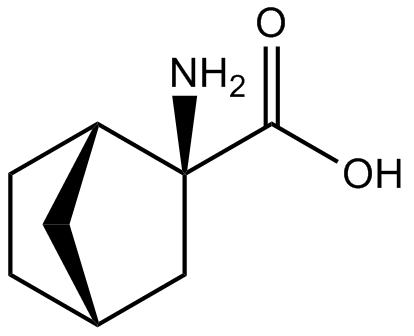
-
GC63325
Bcl-xL antagonist 2
مضاد Bcl-xL 2 هو مضاد فعال وانتقائي وفعال عن طريق الفم لـ BCL-XL مع IC50 و Ki يبلغ 0.091 ميكرومتر و 65 نانومتر على التواليمضاد Bcl-xL 2 يعزز موت الخلايا المبرمج للخلايا السرطانيةمضاد Bcl-xL 2 لديه القدرة على البحث عن سرطان الدم الليمفاوي المزمن (CLL) وسرطان الغدد الليمفاوية اللاهودجكين (NHL)
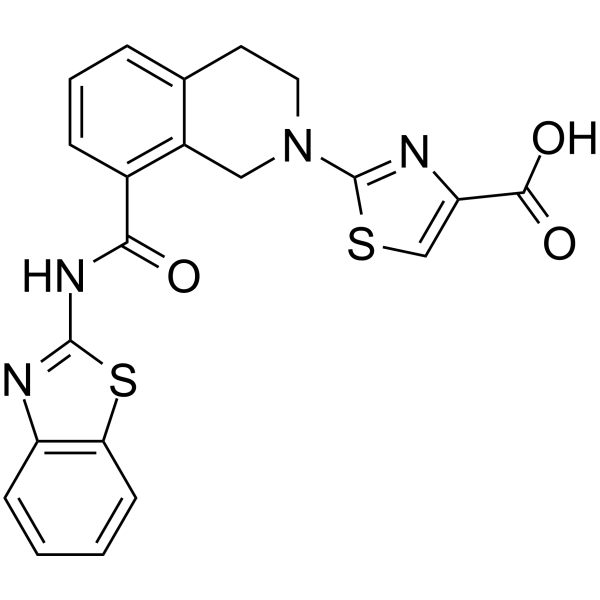
-
GC62599
BCL6-IN-4
BCL6-IN-4 هو مثبط قوي لورم الغدد الليمفاوية 6 (BCL6) للخلايا البائية مع IC 50 من 97 نانومتريحتوي BCL6-IN-4 على أنشطة مضادة للأورام
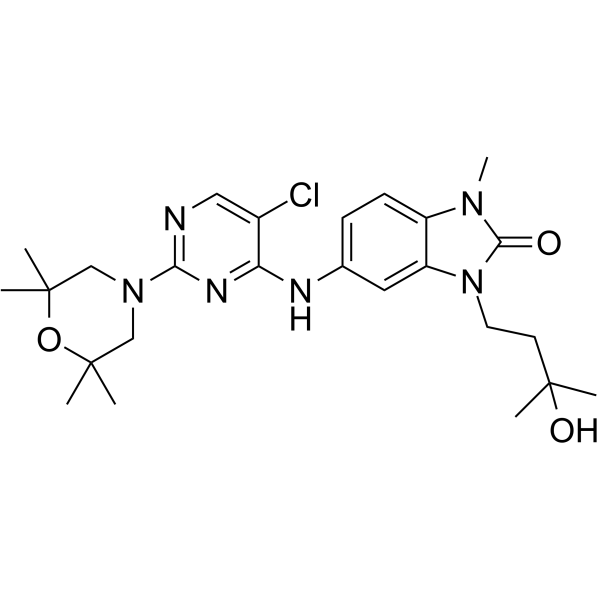
-
GC68012
BCL6-IN-7
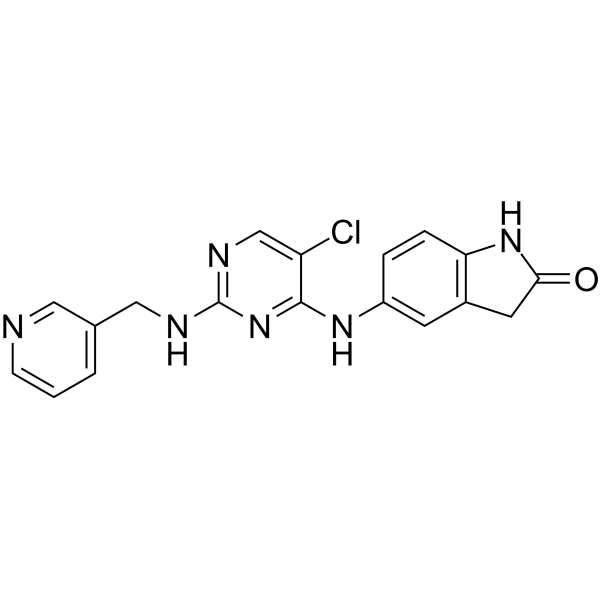
-
GC10721
BDA-366
BDA-366 هو مضاد Bcl2 قوي (Ki = 3.3 نانومتر) ، يربط مجال Bcl2-BH4 بتقارب وانتقائية عالية. يؤدي BDA-366 إلى إحداث تغيير توافقي في Bcl2 يلغي وظيفته المضادة للخلايا ، ويحوله من جزيء البقاء إلى محفز موت الخلية. يمنع BDA-366 نمو خلايا سرطان الرئة.
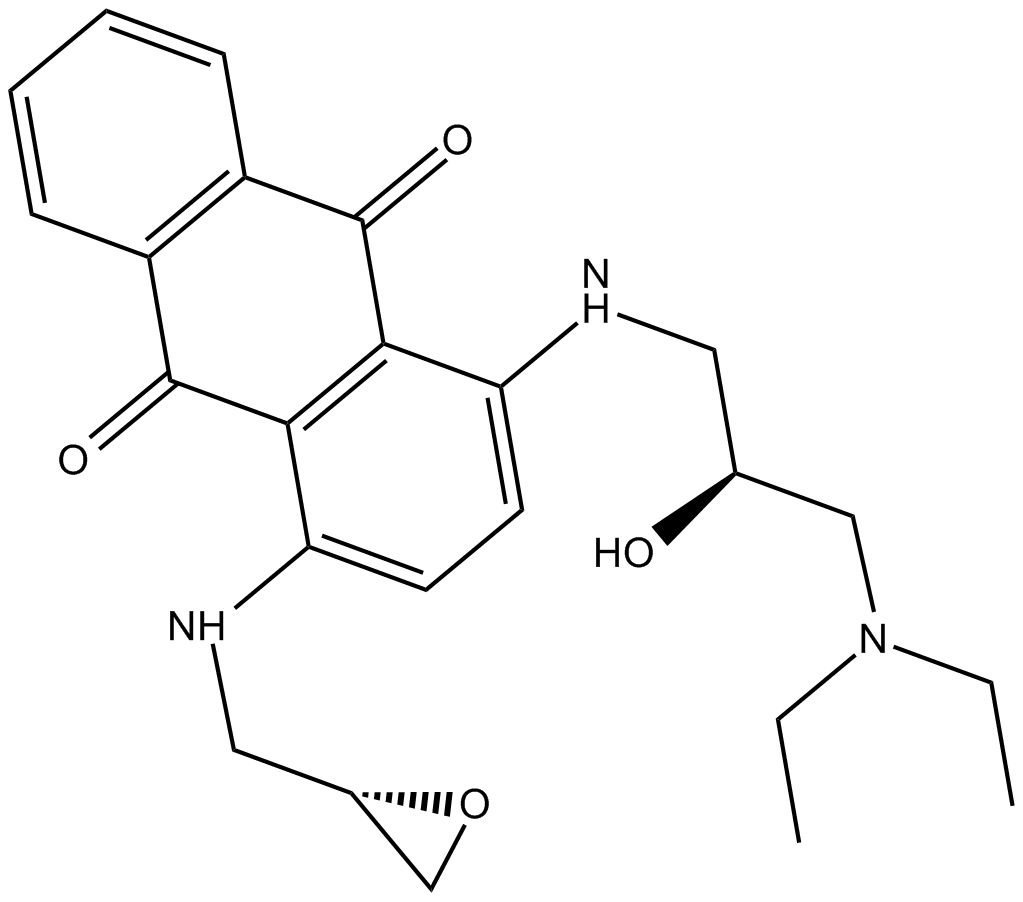
-
GC42912
Becatecarin
بيكاتيكارين هو نظير ريبكاميسين له تأثيرات مضادة للأورام. يتحول البيكاتيكارين إلى الحمض النووي ويثبط النشاط التحفيزي لأيزوميراز التوبويزوميراز الأول / الثاني.

-
GC68369
Belantamab

-
GC65031
Belimumab
Belimumab (LymphoStat B) هو جسم مضاد بشري IgG1Λ أحادي النسيلة يثبط عامل تنشيط الخلية B (BAFF)
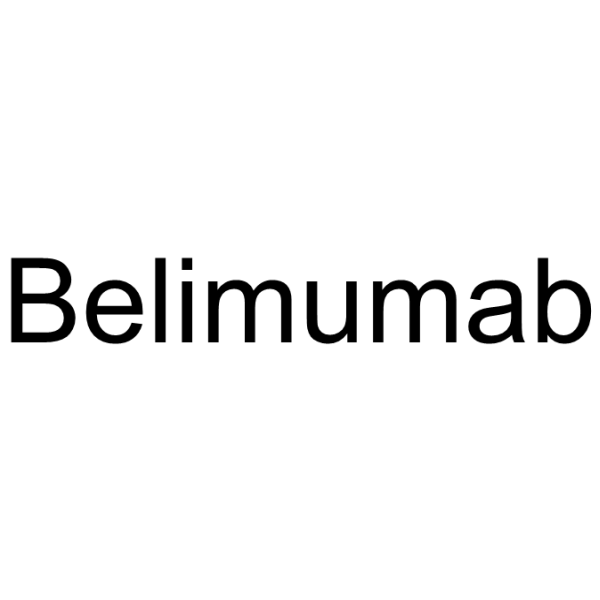
-
GC49042
Benastatin A
A bacterial metabolite with diverse biological activities

-
GC64354
Bendamustine
Bendamustine (قاعدة حرة SDX-105) ، نظير البيورين ، هو عامل ربط عبر الحمض النوويينشط Bendamustine استجابة الإجهاد لتلف الحمض النووي وموت الخلايا المبرمجيحتوي Bendamustine على خصائص ألكلة قوية ومضادة للسرطان ومضادة للأيض
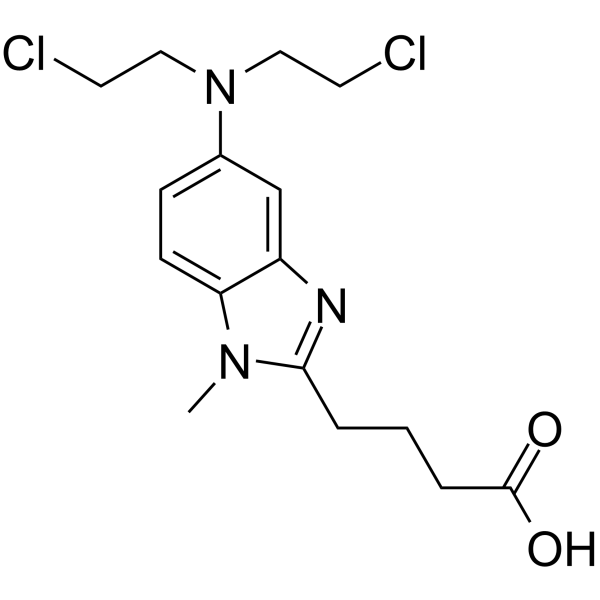
-
GC10744
Bendamustine HCl
Bendamustine HCl (SDX-105) ، نظير البيورين ، هو عامل ربط عبر الحمض النووي. ينشط Bendamustine HCl استجابة الإجهاد الناتج عن تلف الحمض النووي وموت الخلايا المبرمج. يحتوي Bendamustine HCl على خصائص ألكلة قوية ومضادة للسرطان ومضادة للأيض.
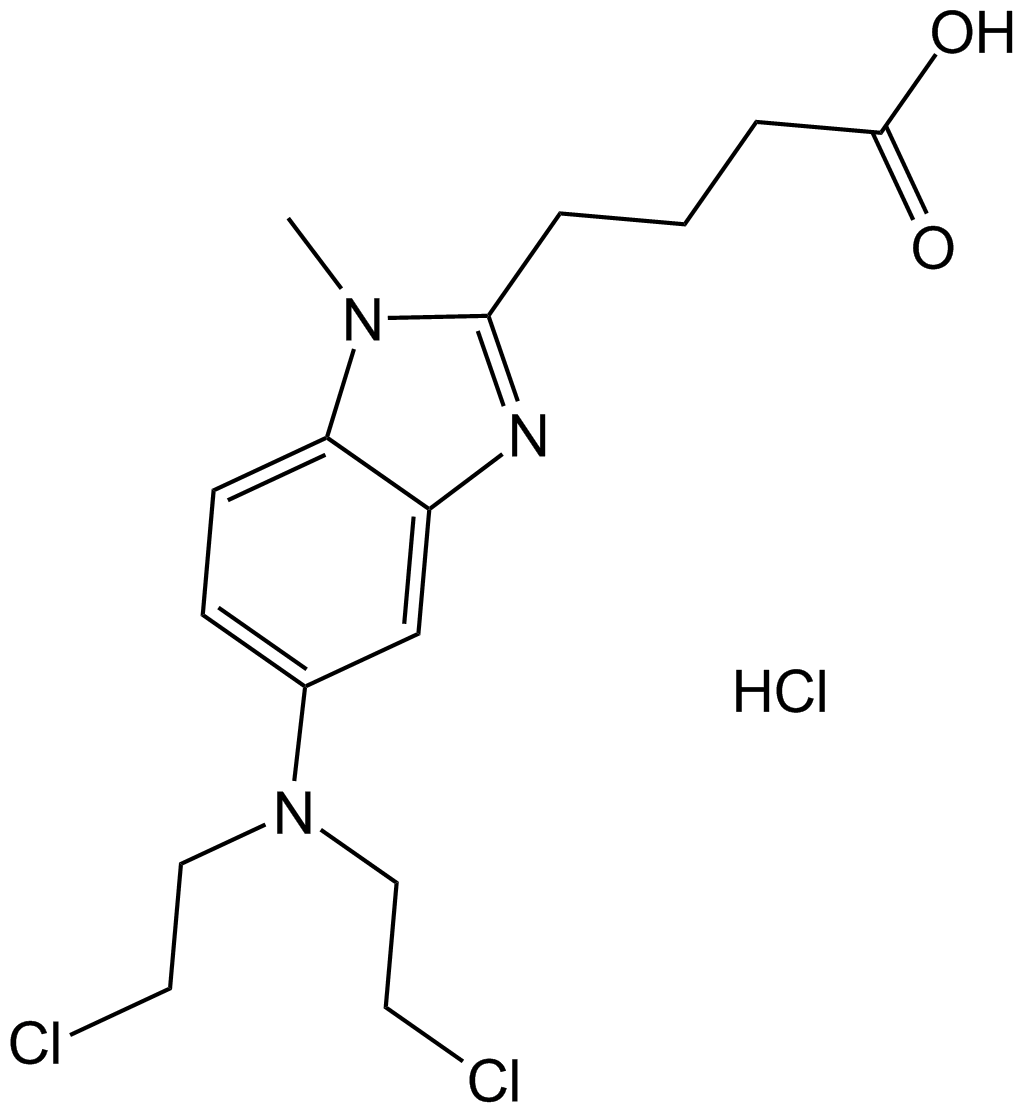
-
GC49781
Benomyl
A carbamate pesticide

-
GC62451
Benpyrine
Benpyrine هو مثبط عالي النوعية ونشط عن طريق الفم لـ TNF-α بقيمة KD 82.1 ميكرومتر
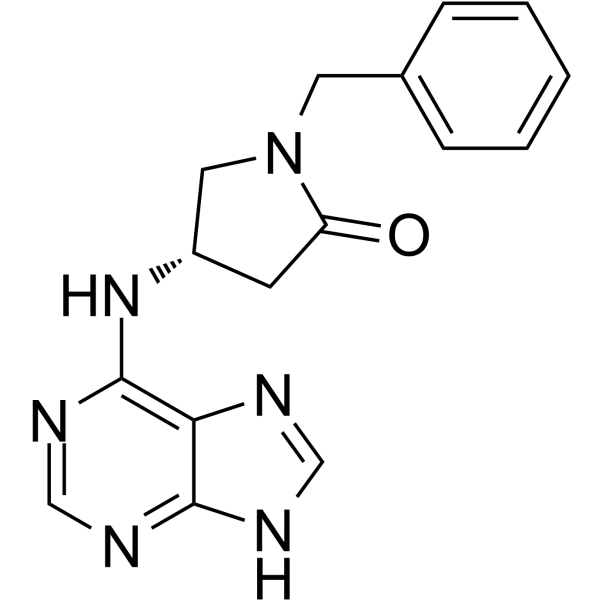
-
GC49403
Benzarone
Benzarone (Fragivix) هو مثبط فعال لنقل حمض اليوريك البشري 1 (hURAT1) ، مع IC 50 من 2.8 ميكرومتر في البويضة
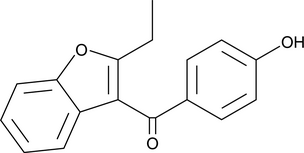
-
GC14930
Benzbromarone
البنزبرومارون هو مثبط غير تنافسي عالي الفعالية وجيد التحمل لأكسيداز الزانثين ، يستخدم كعامل تحفيز حمض اليوريك ، ويستخدم في علاج النقرس
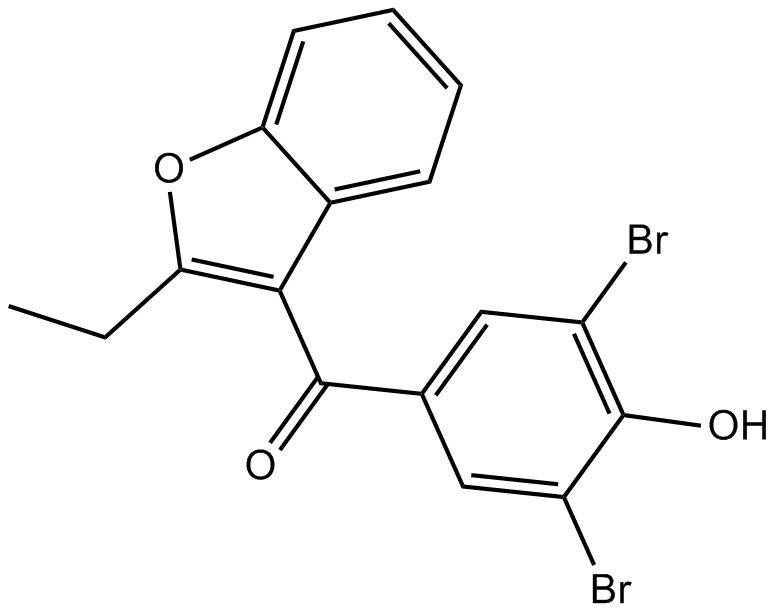
-
GN10520
Benzoylpaeoniflorin
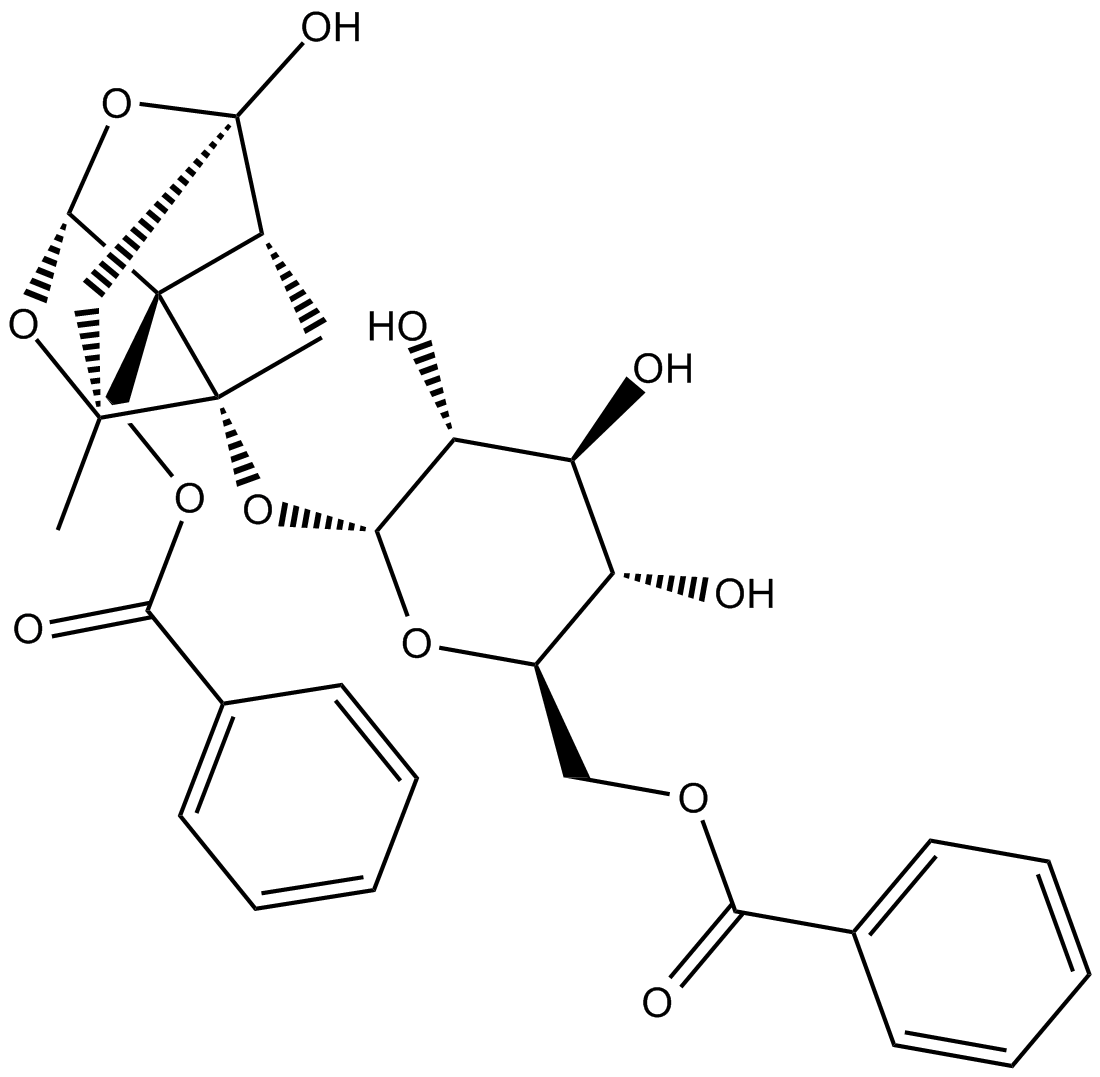
-
GC38683
Benzyl isothiocyanate
البنزيل أيزوثيوسيانات هو عضو في أيزوثيوسيانات طبيعي مع نشاط مضاد للميكروبات
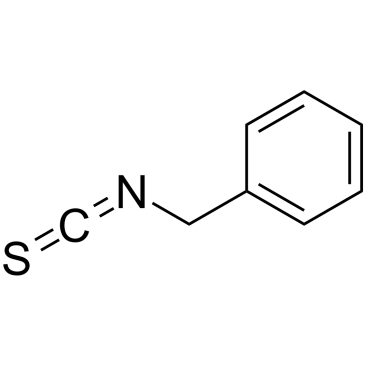
-
GN10358
Berbamine hydrochloride
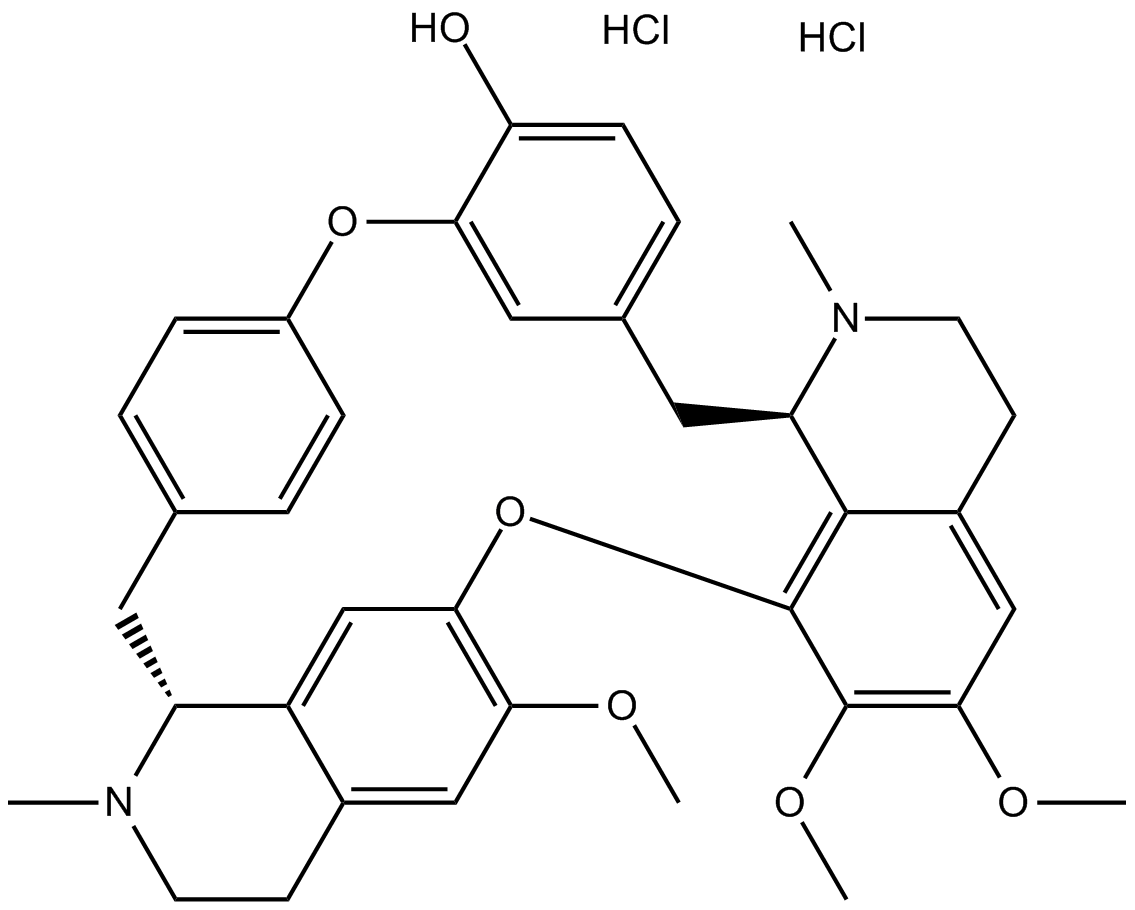
-
GN10539
Bergenin

-
GC42925
Berteroin
البيرتيروين ، وهو نظير طبيعي للسلفورافين ، وهو عامل مضاد للقسطرة

-
GC10734
Beta-Lapachone
Beta-Lapachone (ARQ-501 ؛ NSC-26326) هو O-naphthoquinone طبيعي ، يعمل كمثبط للتوبويزوميراز I ، ويحفز موت الخلايا المبرمج عن طريق تثبيط تقدم دورة الخلية.
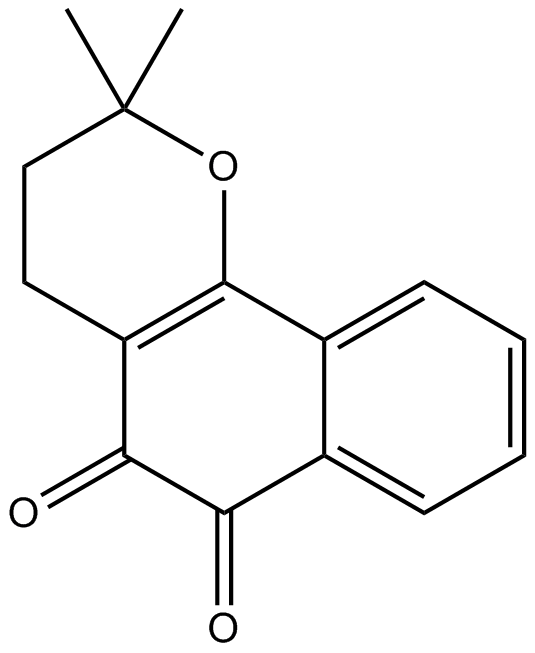
-
GC35504
Beta-Zearalanol
Beta-Zearalenol هو سم فطري ينتجه Fusarium spp ، والذي يسبب موت الخلايا المبرمج والإجهاد التأكسدي في الخلايا التناسلية للثدييات
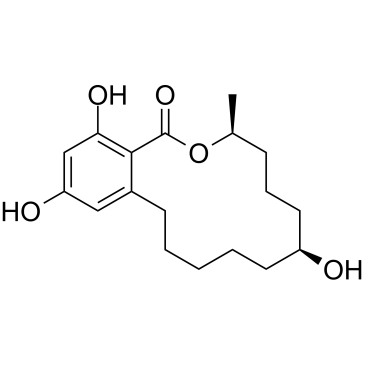
-
GN10632
Betulin
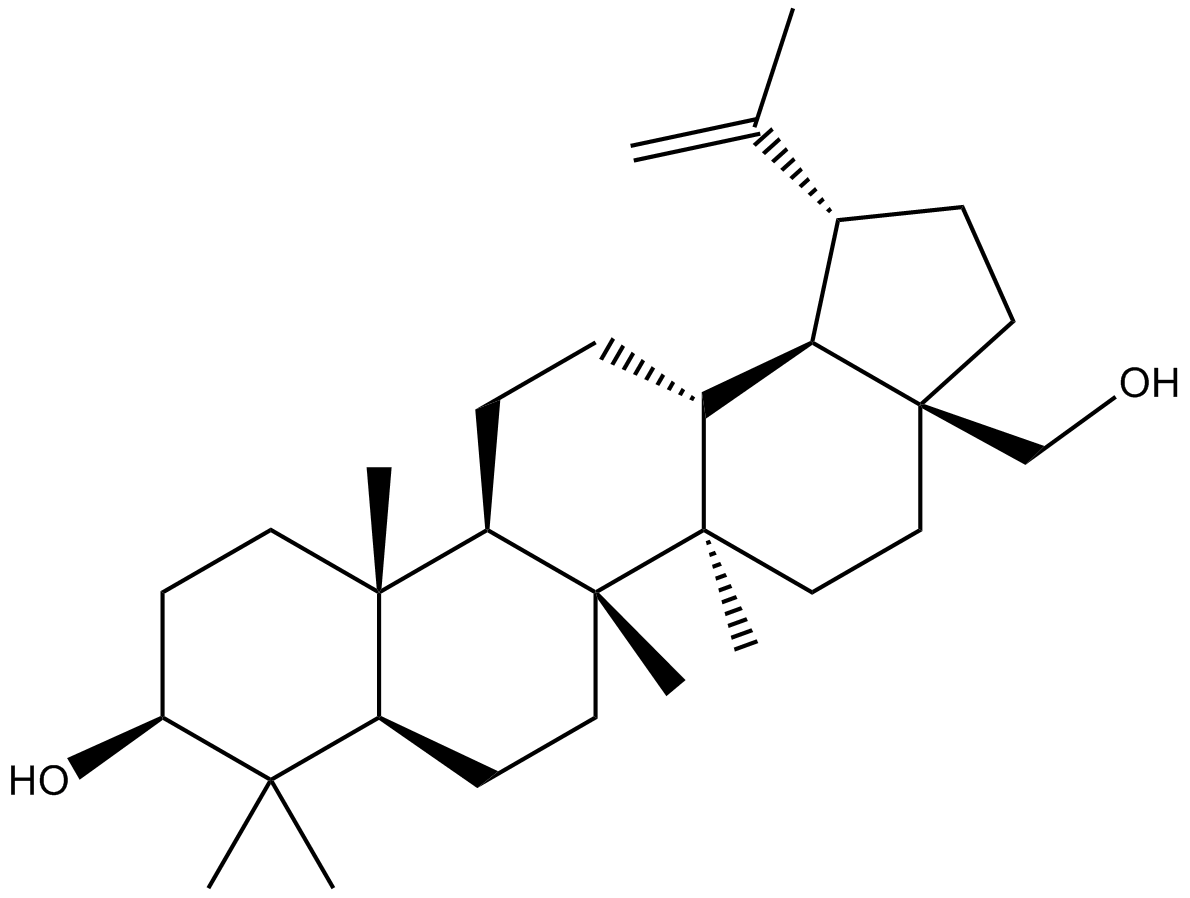
-
GC10480
Betulinic acid
A plant triterpenoid similar to bile acids
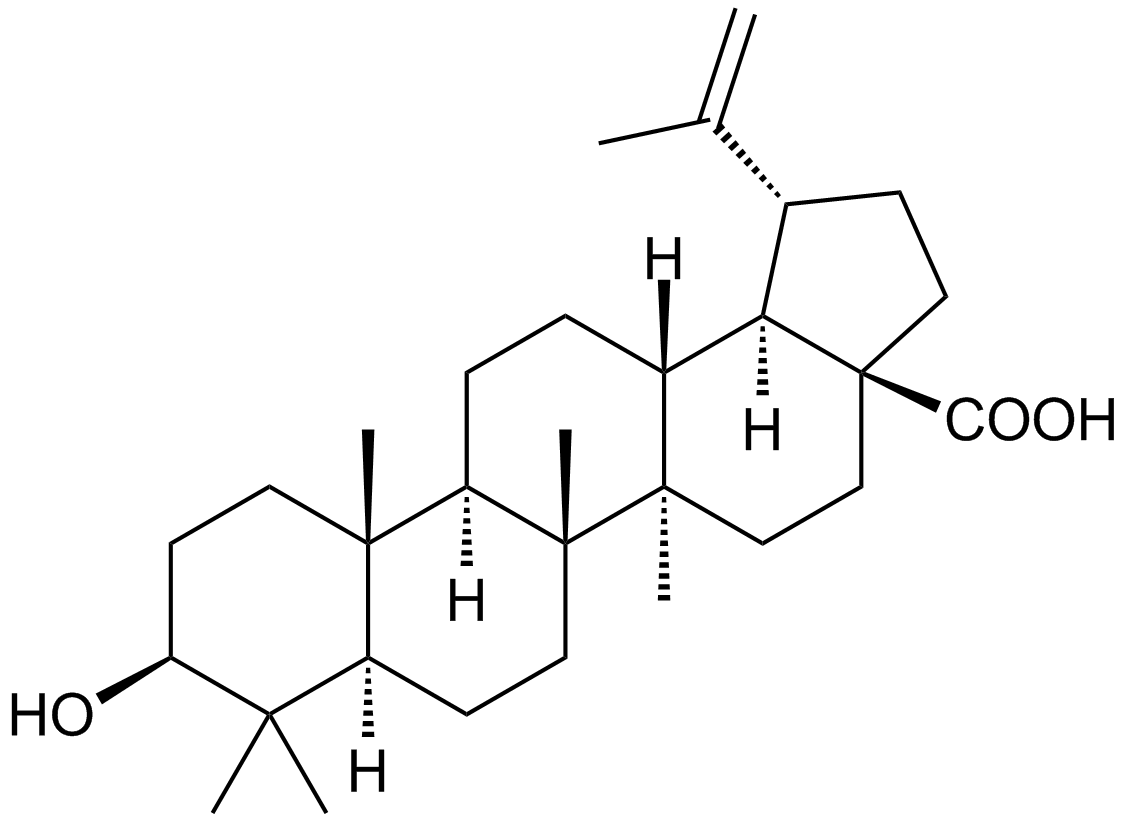
-
GC48477
Betulinic Acid propargyl ester
An alkyne derivative of betulinic acid

-
GC48504
Betulinic Aldehyde oxime
A derivative of betulin

-
GC48520
Betulonaldehyde
A pentacyclic triterpenoid

-
GC12074
BG45
BG45 هو مثبط HDAC من الدرجة الأولى مع انتقائية لـ HDAC3 (IC50 = 289 نانومتر)
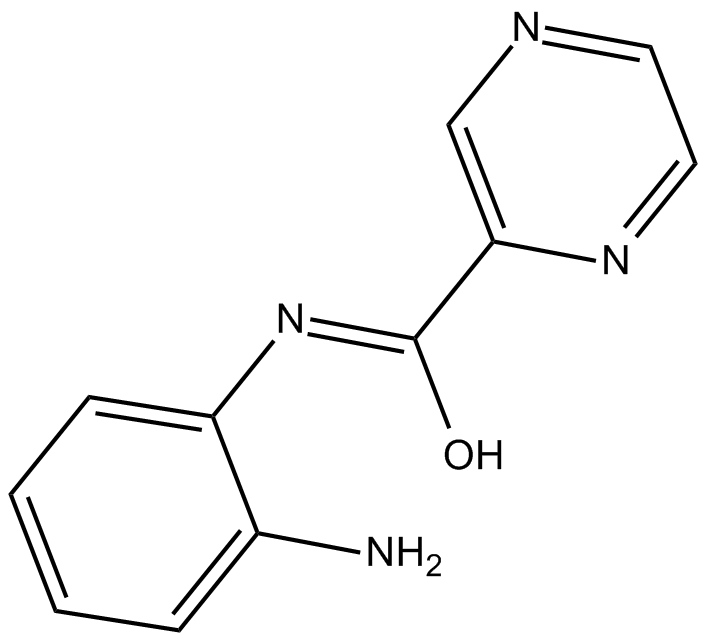
-
GC18136
BH3I-1
BH3I-1 هو أحد مضادات عائلة Bcl-2 ، والذي يمنع ارتباط ببتيد Bak BH3 بـ Bcl-xL مع Ki يبلغ 2.4 ± 0.2 ميكرومتر في اختبار FPBH3I-1 لديه Kd 5.3 ميكرومتر مقابل زوج p53 / MDM2
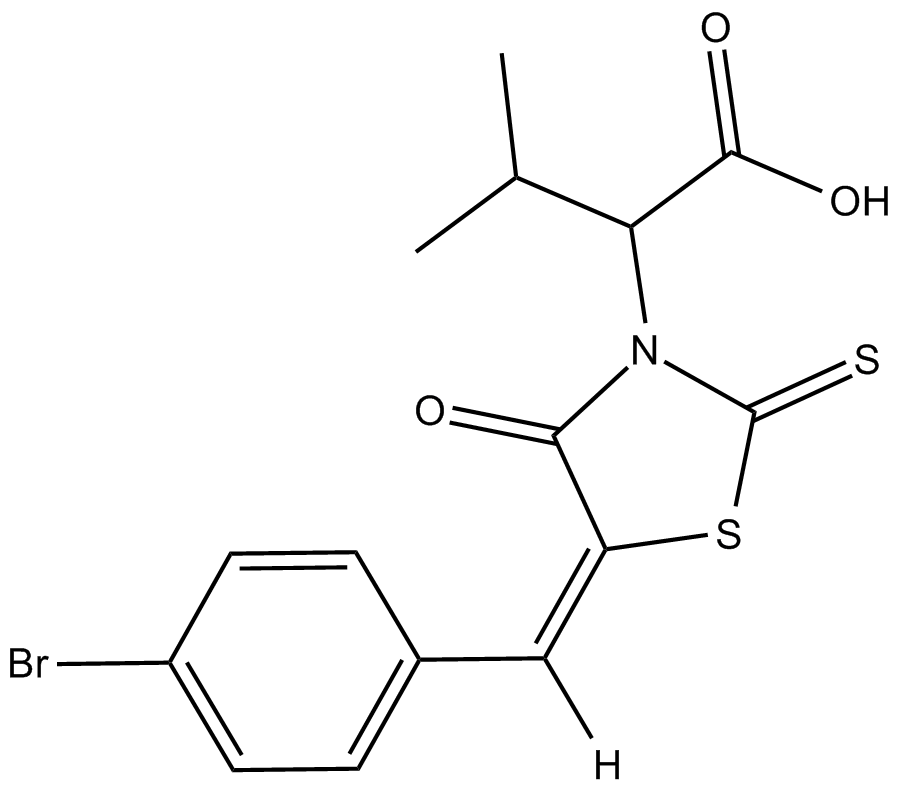
-
GC35511
BI-0252
BI-0252 هو مثبط انتقائي MDM2-p53 نشط عن طريق الفم مع IC50 من 4 نانومتريمكن أن يؤدي BI-0252 إلى حدوث تراجع في الورم في جميع حيوانات الفأر SJSA-1 xenograft ، مع ما يصاحب ذلك من تحريض جينات مستهدفة لبروتين الورم p53 (TP53) وعلامات موت الخلايا المبرمج
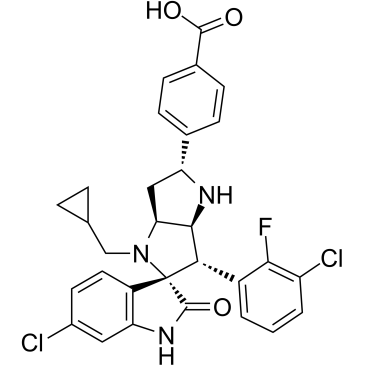
-
GC17828
BI-847325
BI-847325 هو مثبط مزدوج تنافسي لـ ATP لـ MEK و aurora kinases (AK) بقيم IC50 من 4 و 15 نانومتر للإنسان MEK2 و AK-C ، على التوالي

-
GC11224
BI6727(Volasertib)
يعتبر BI6727 (Volasertib) (BI 6727) مثبطًا فعالًا عن طريق الفم ، وفعال للغاية ، ومثبط للكيناز 1 (PLK1) يشبه Polo-like Polo-like مع IC50 يبلغ 0.87 نانومتر. BI6727 (Volasertib) يثبط PLK2 و PLK3 مع IC50s من 5 و 56 نانومتر ، على التوالي. BI6727 (Volasertib) يحث على توقف الانقسام وموت الخلايا المبرمج. يُظهر BI6727 (Volasertib) ، وهو مشتق من ثنائي هيدروبتريدينون ، نشاطًا مضادًا للورم ملحوظًا في نماذج السرطان المتعددة.
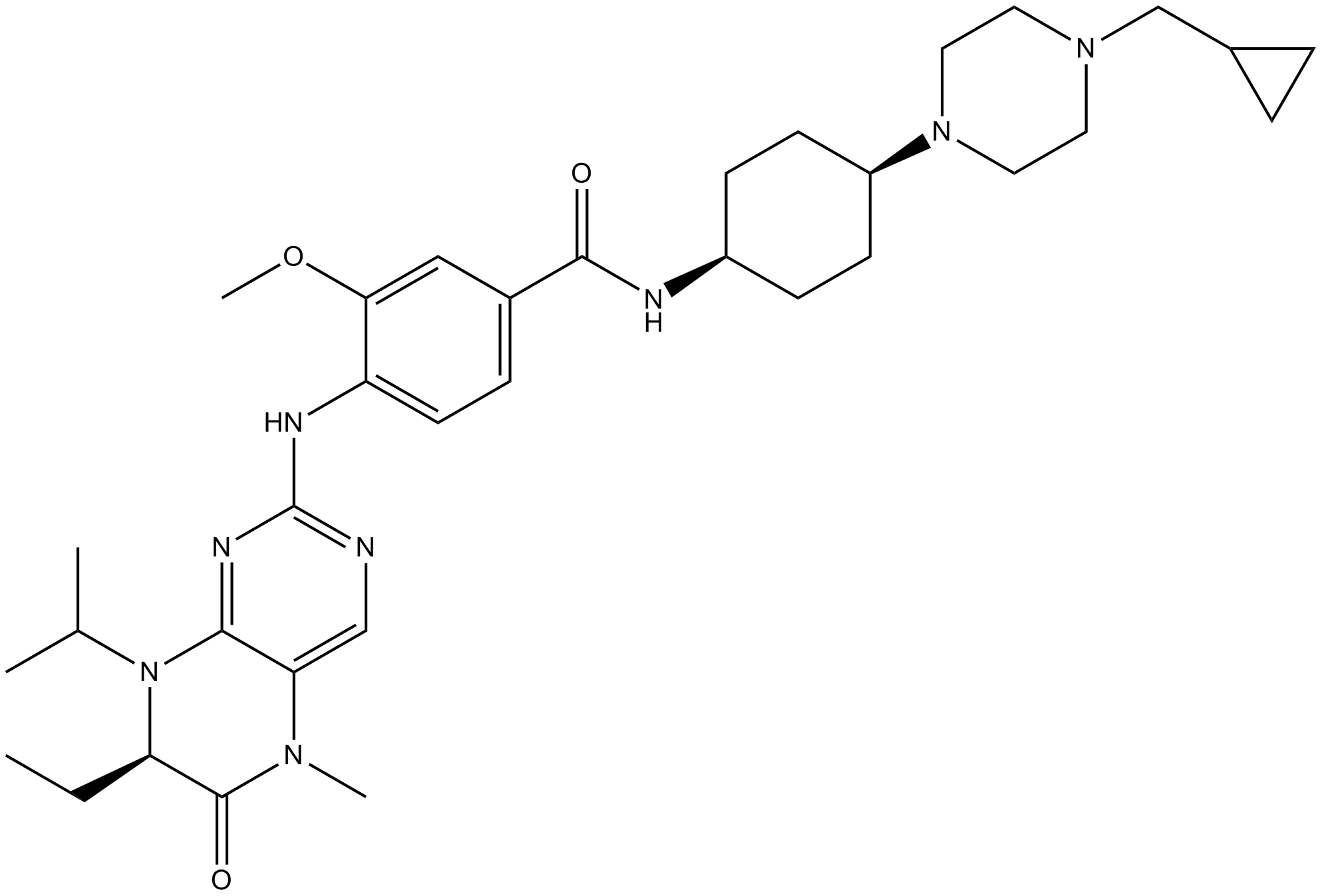
-
GC13636
BIBR 1532
BIBR 1532 هو مثبط تيلوميراز قوي وانتقائي وغير تنافسي مع IC 50 من 100 نانومتر في اختبار خالٍ من الخلايا
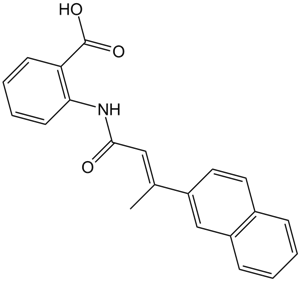
-
GC60076
Bigelovin
Bigelovin ، وهو لاكتون سيسكيتيربين معزول من Inula helianthus-aquatica ، هو ناهض انتقائي لمستقبلات الريتينويد X αيمنع Bigelovin نمو الورم من خلال إحداث موت الخلايا المبرمج والالتهام الذاتي عبر تثبيط مسار mTOR الذي ينظمه توليد ROS
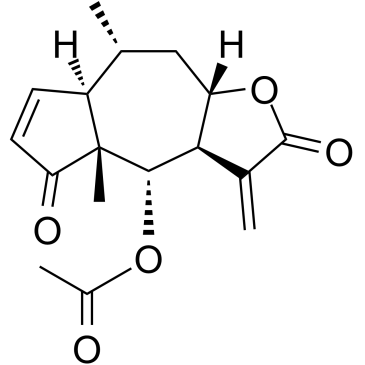
-
GC15987
BIM, Biotinylated
Bim peptide fragment with a biotin moiety attached
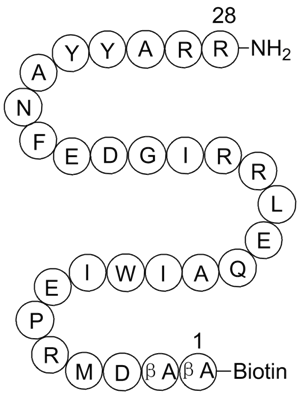
-
GC49513
Bim/BOD (IN) Polyclonal Antibody
For immunodetection of Bim-
related proteins 
-
GC52355
BimS BH3 (51-76) (human) (trifluoroacetate salt)
A Bim-derived peptide

-
GC14233
BIO-acetoxime
BIO-acetoxime (BIA) هو مثبط GSK-3 فعال وانتقائي ، مع IC50s لكل من 10 نانومتر لـ GSK-3α / β
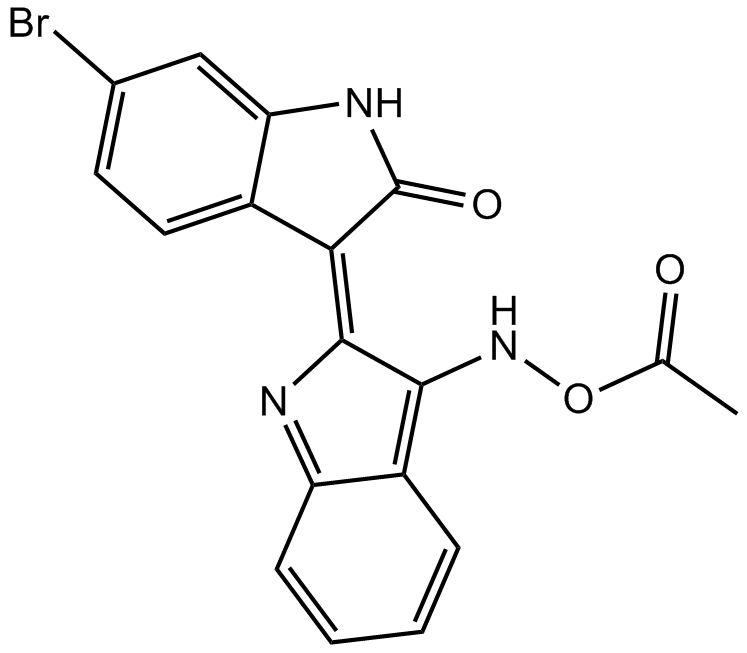
-
GC67680
BIO8898
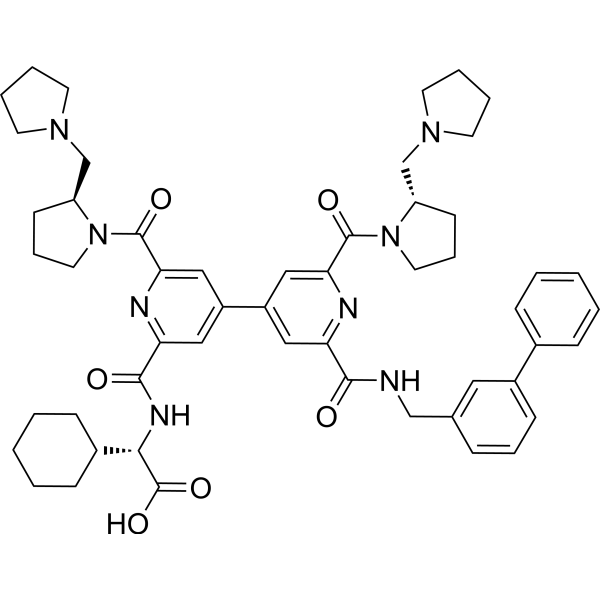
-
GC18476
Biotin-VAD-FMK
Biotin-VAD-FMK هو مثبط الكاسبيز المنفذ للخلايا والذي لا رجوع فيه والذي يحمل علامة البيوتين ، ويستخدم لتحديد الكاسبيسات النشطة في محللات الخلية
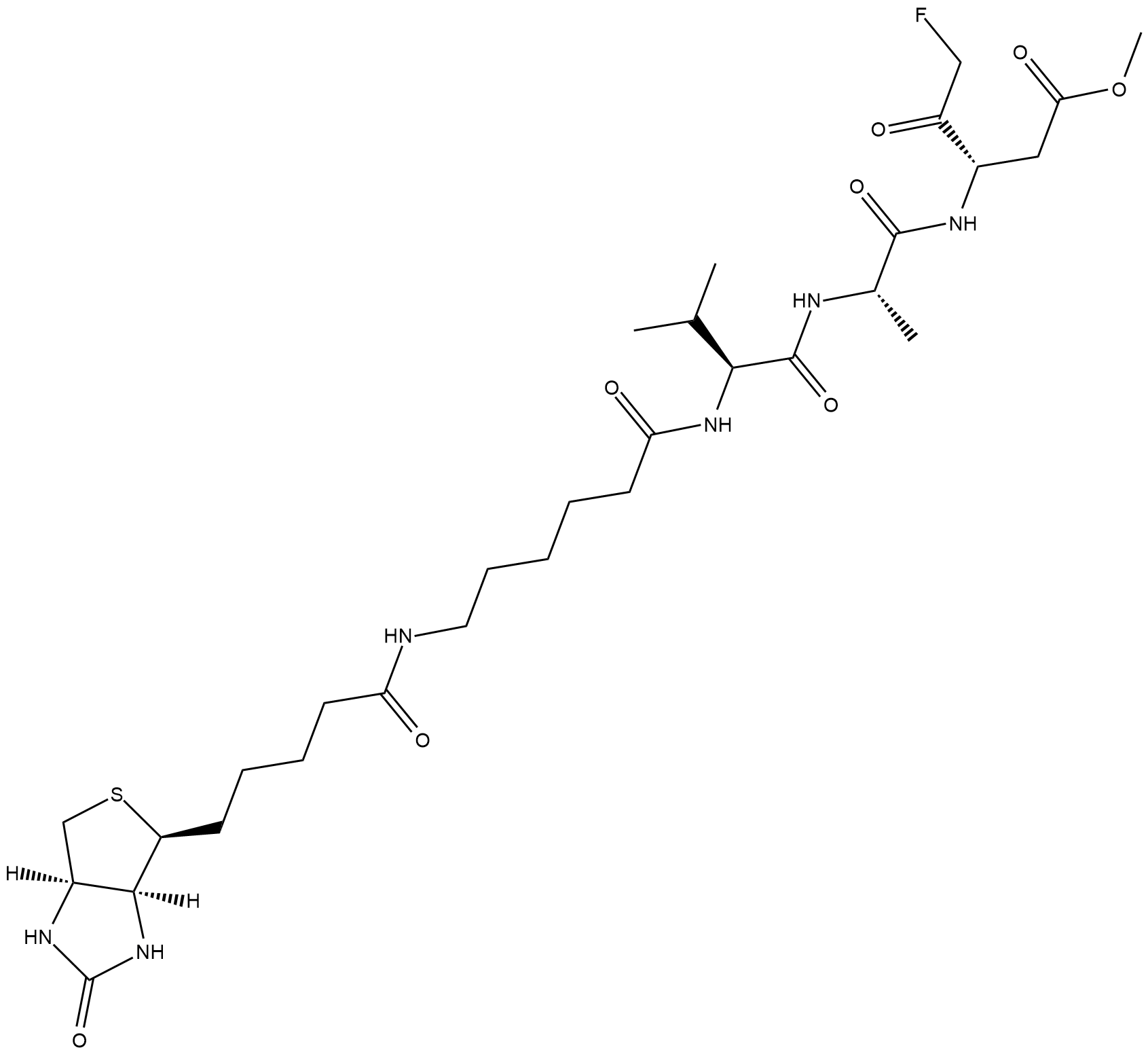
-
GC35523
Bioymifi
Bioymifi (DR5 Activator) ، منشط DR5 قوي لمستقبل TRAIL ، يرتبط بالمجال خارج الخلية (ECD) لـ DR5 بـ Kd 1.2 ميكرومتريمكن أن يعمل Bioymifi كعامل واحد للحث على تجميع وتجميع DR5 ، مما يؤدي إلى موت الخلايا المبرمج
